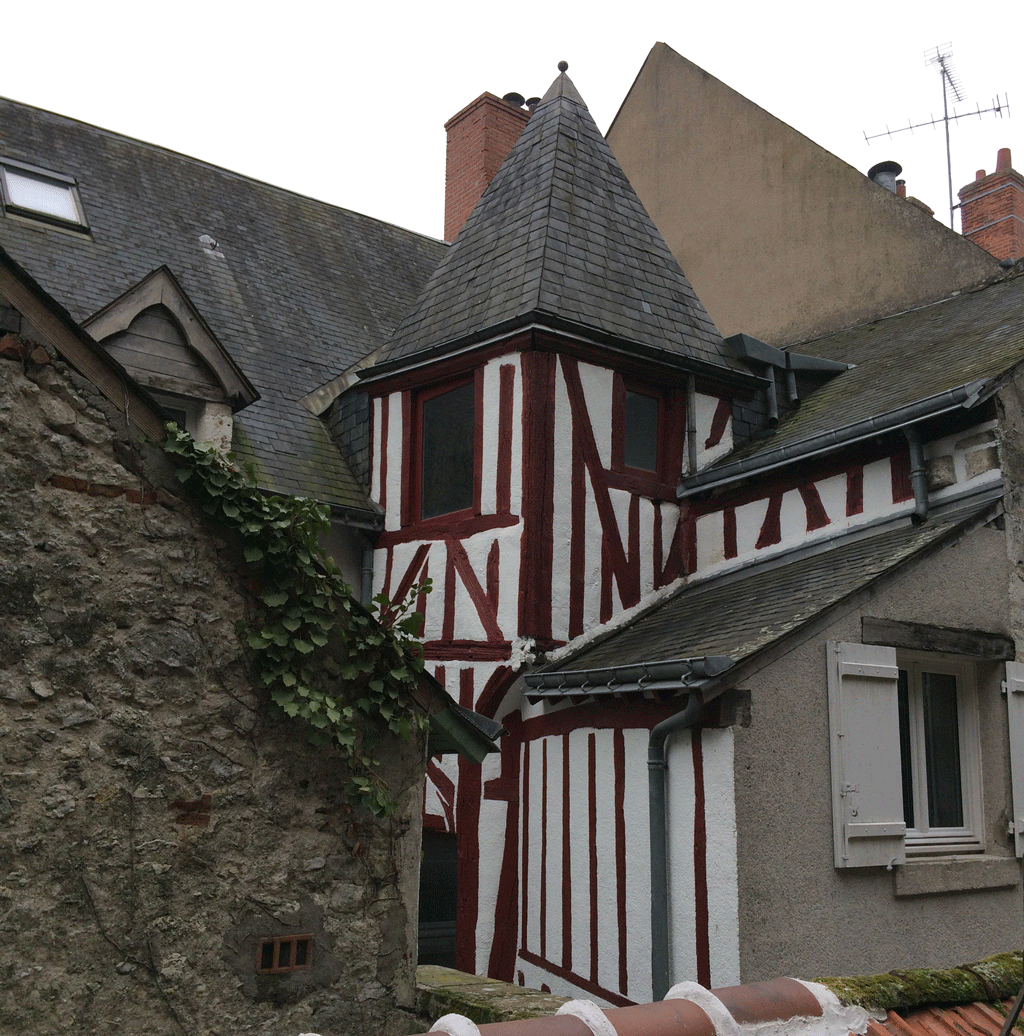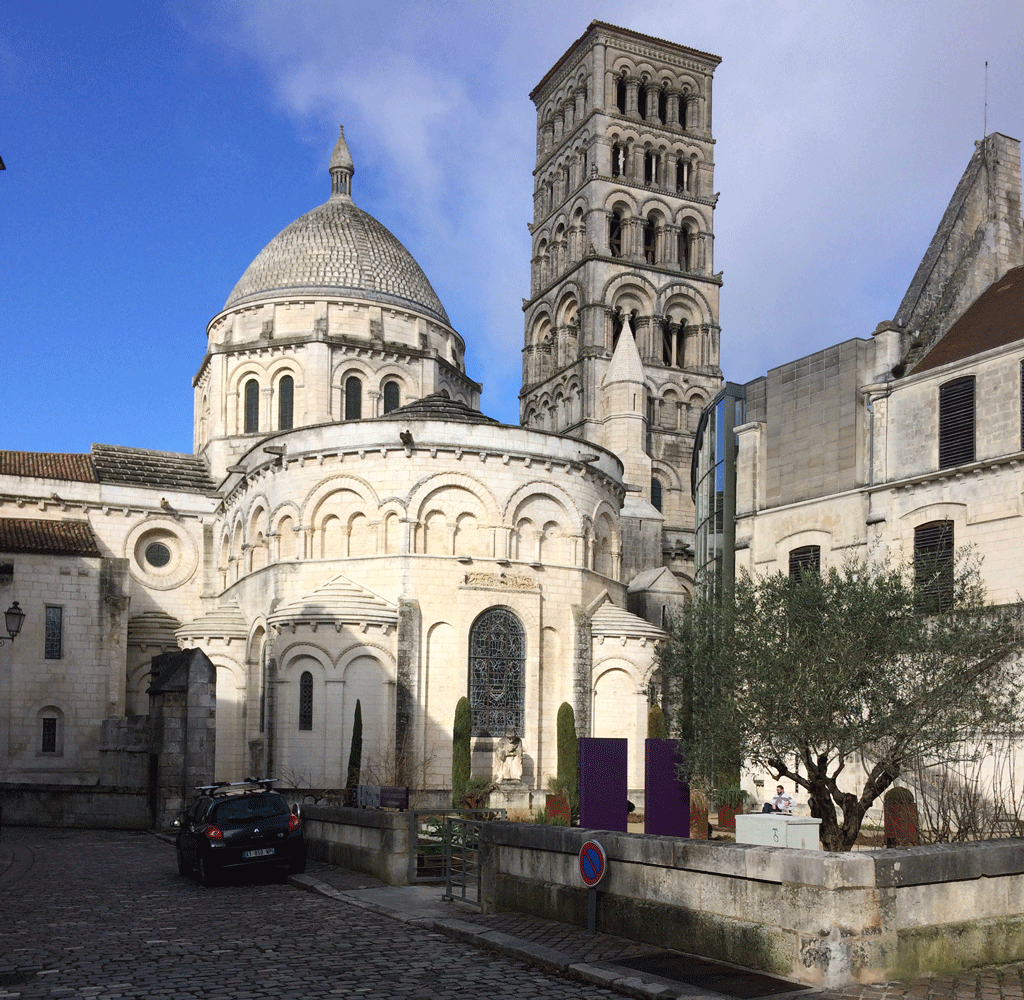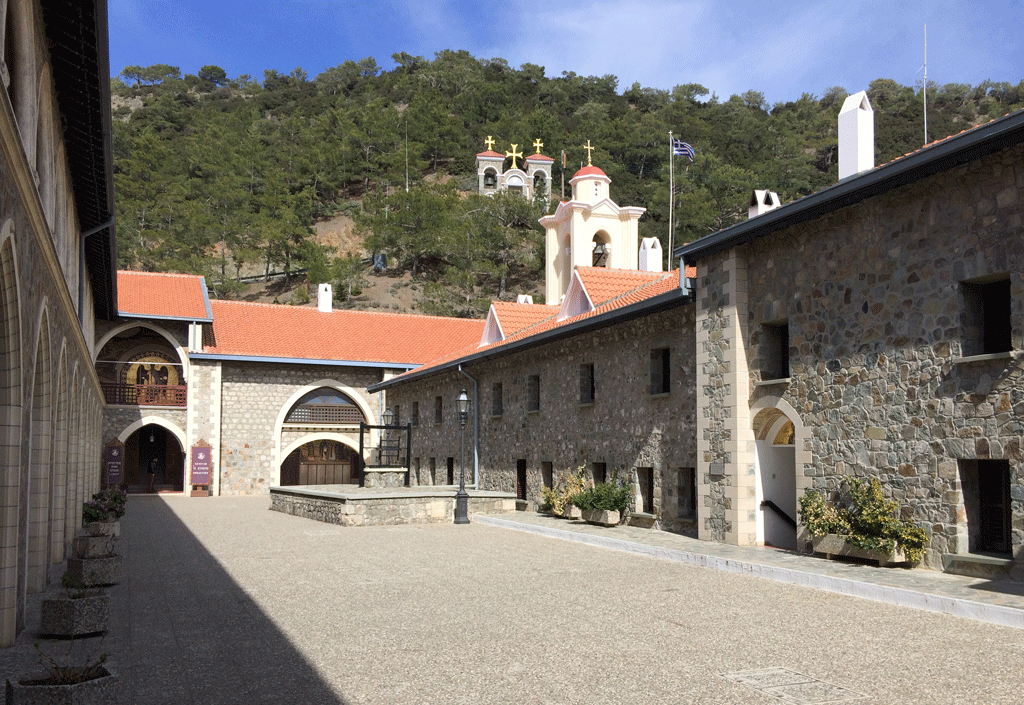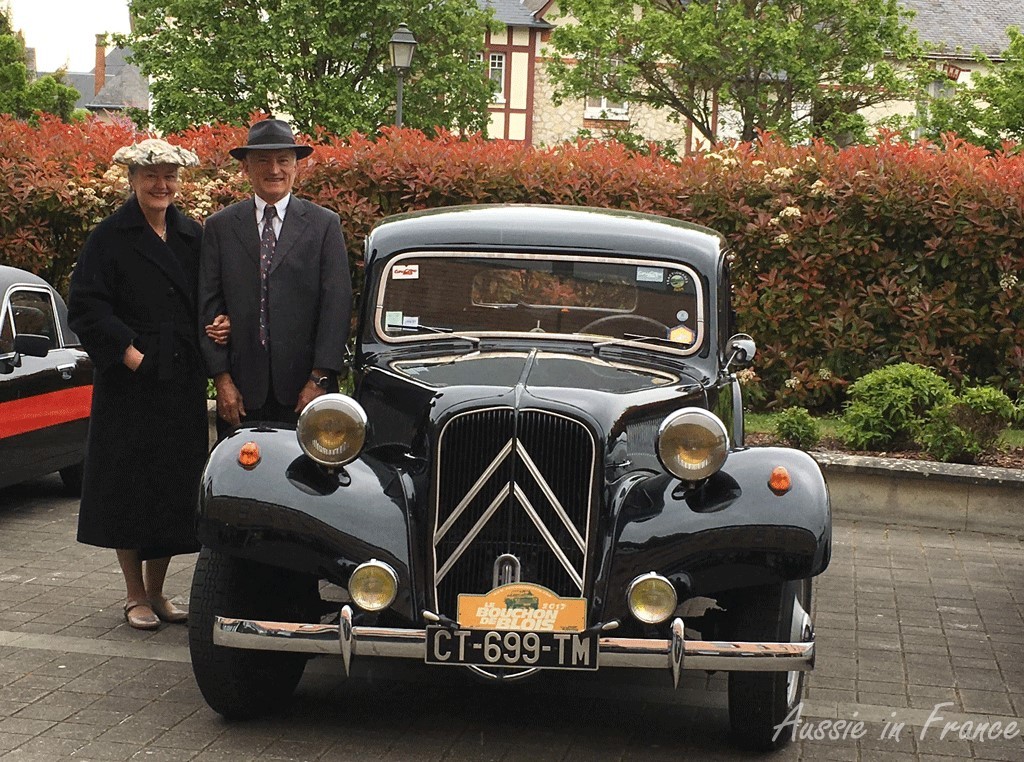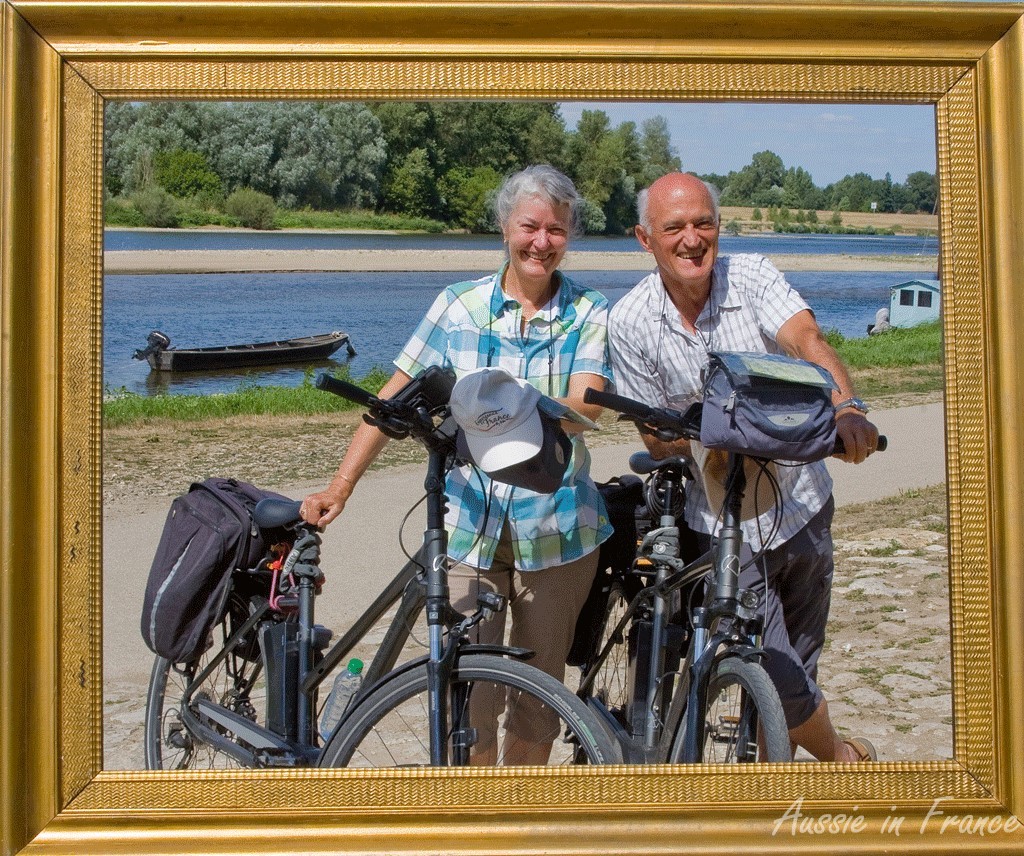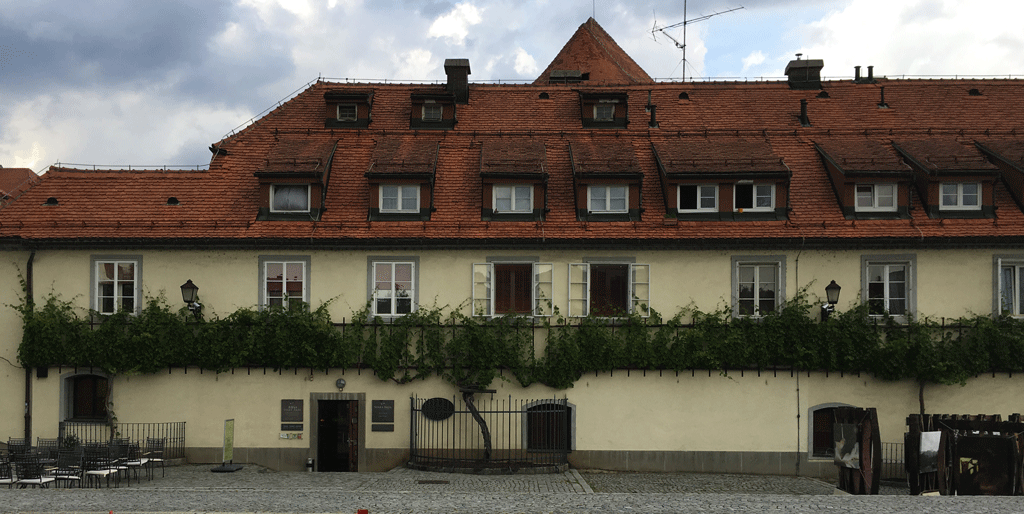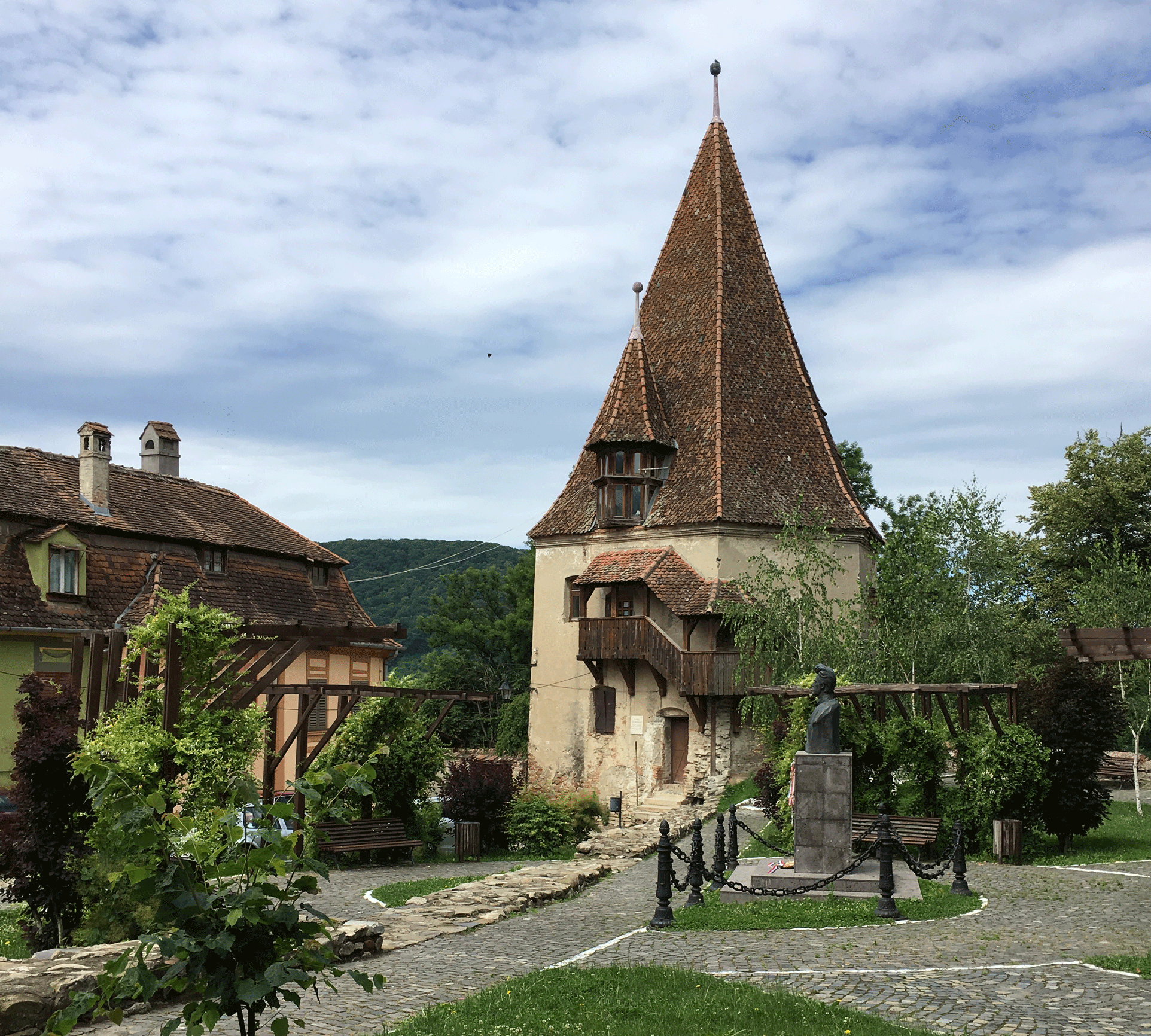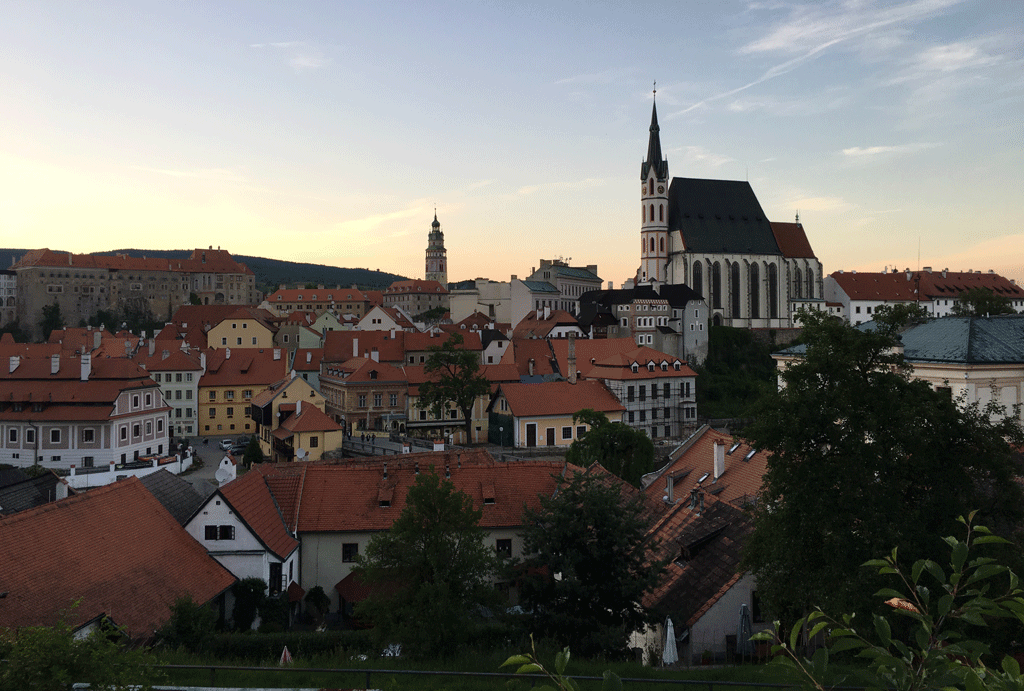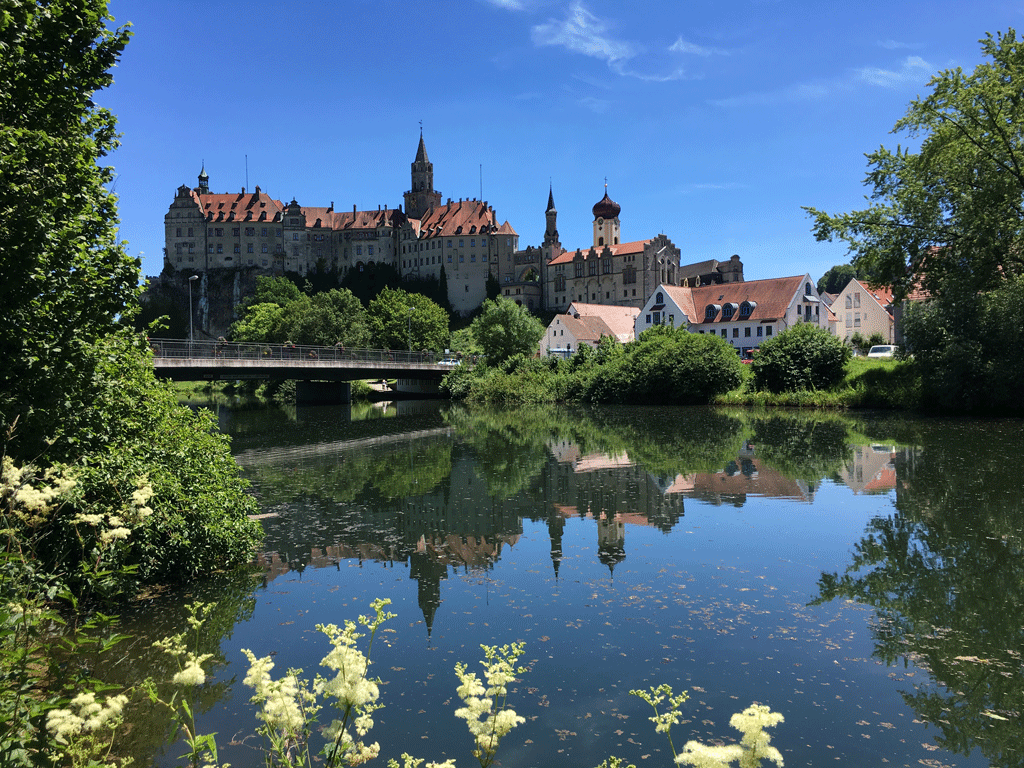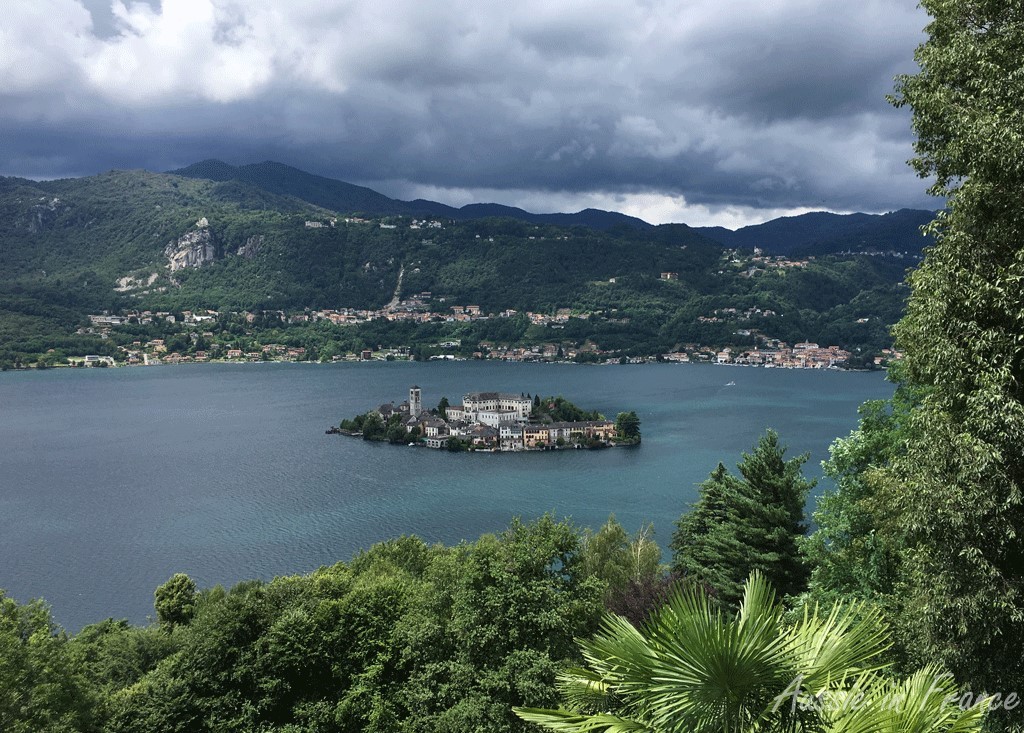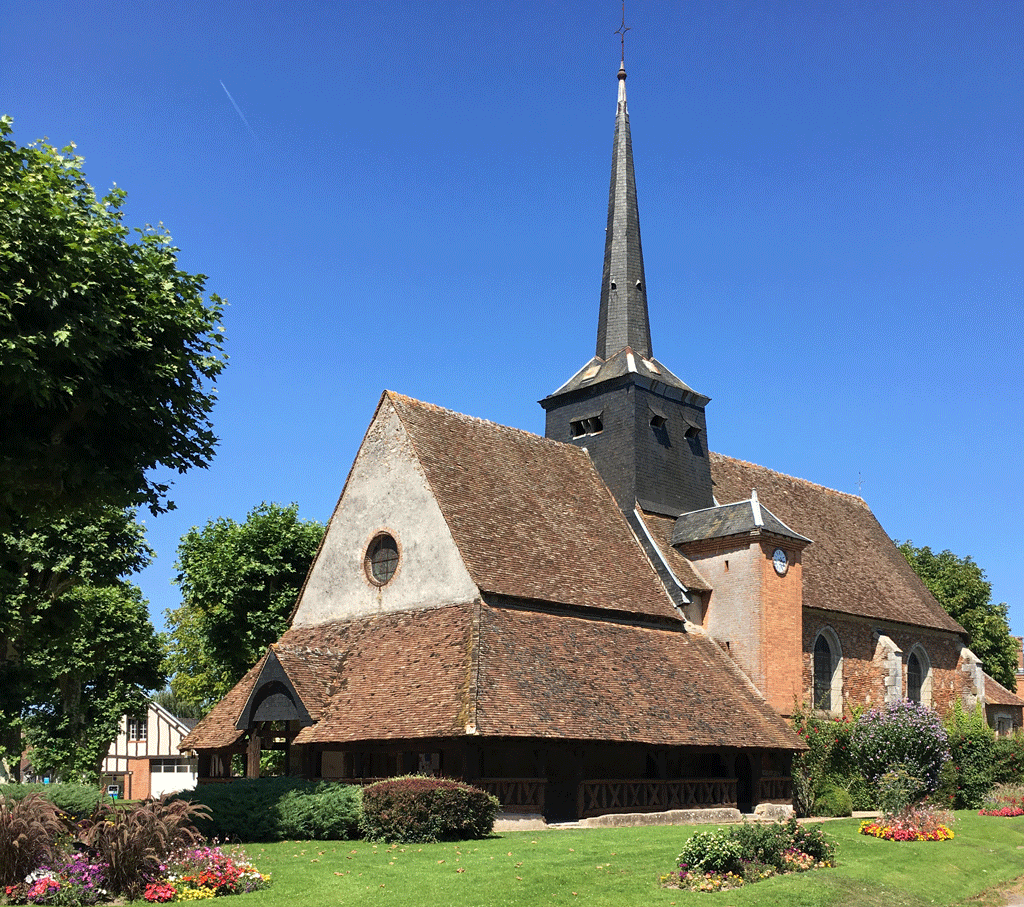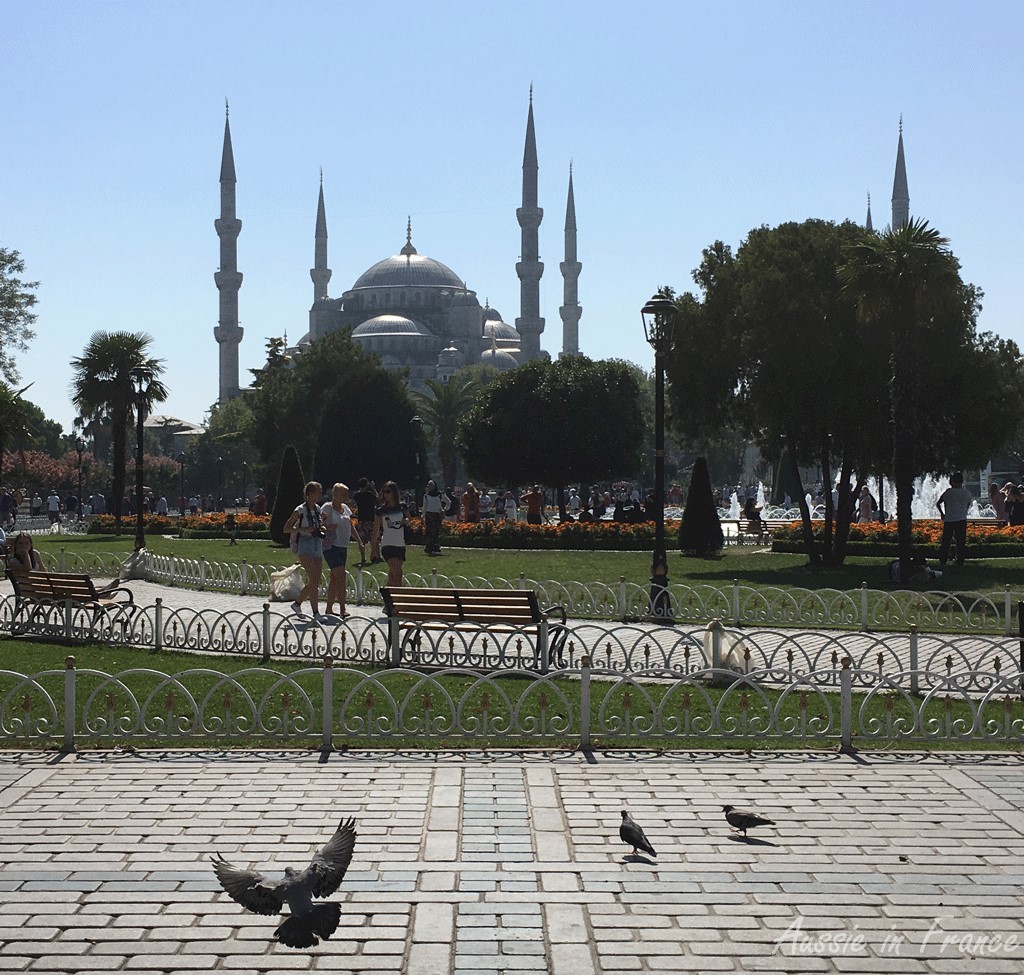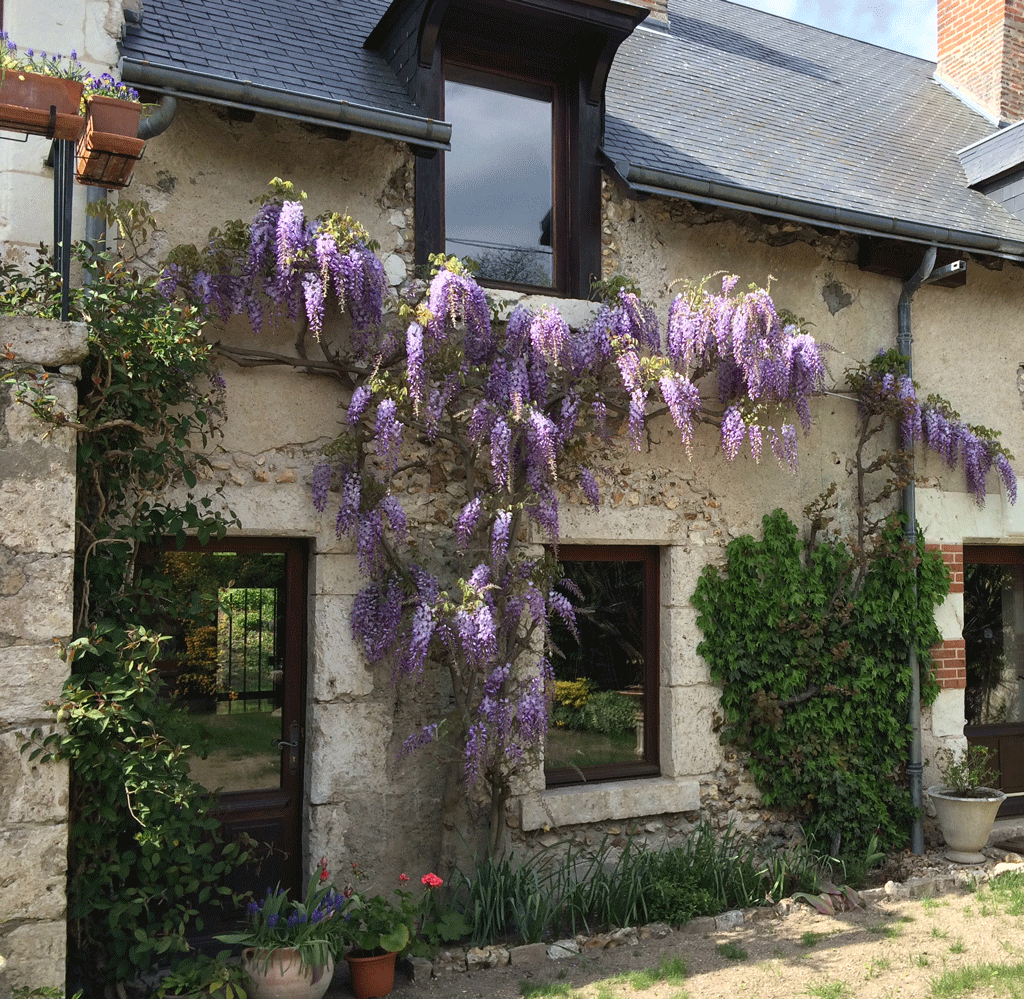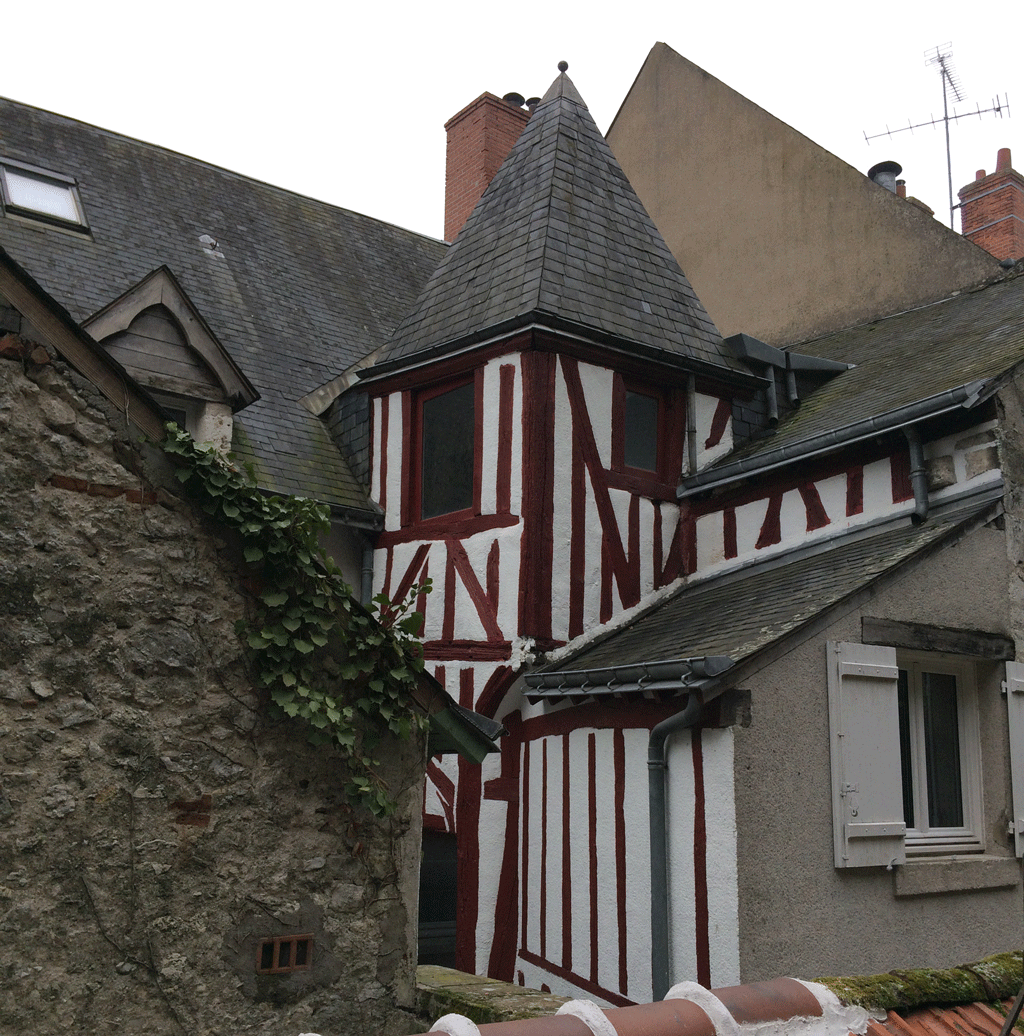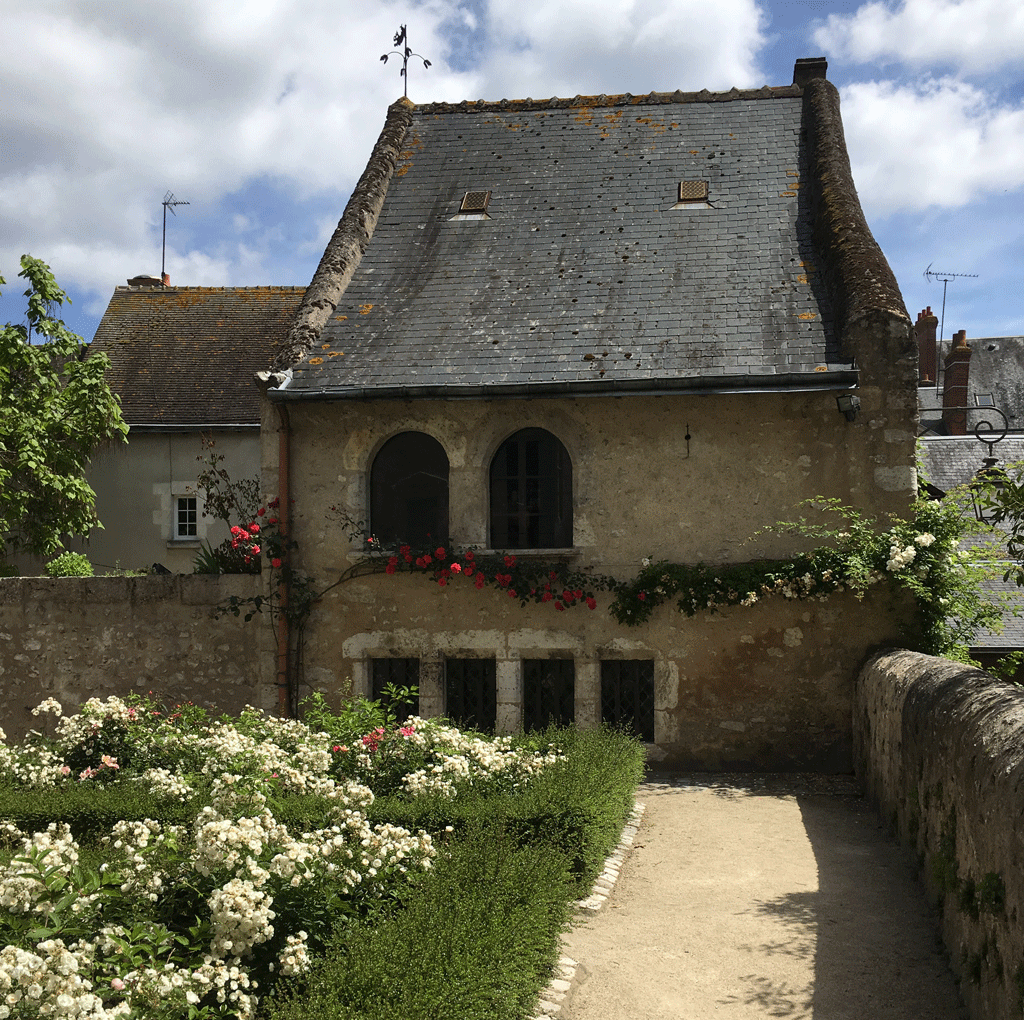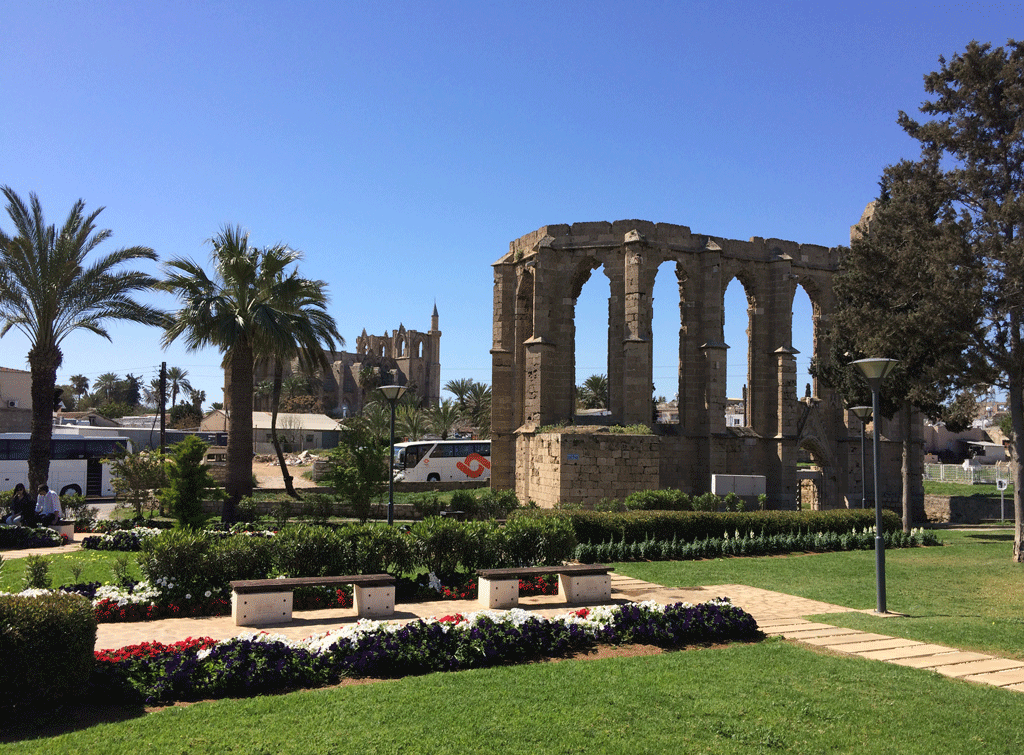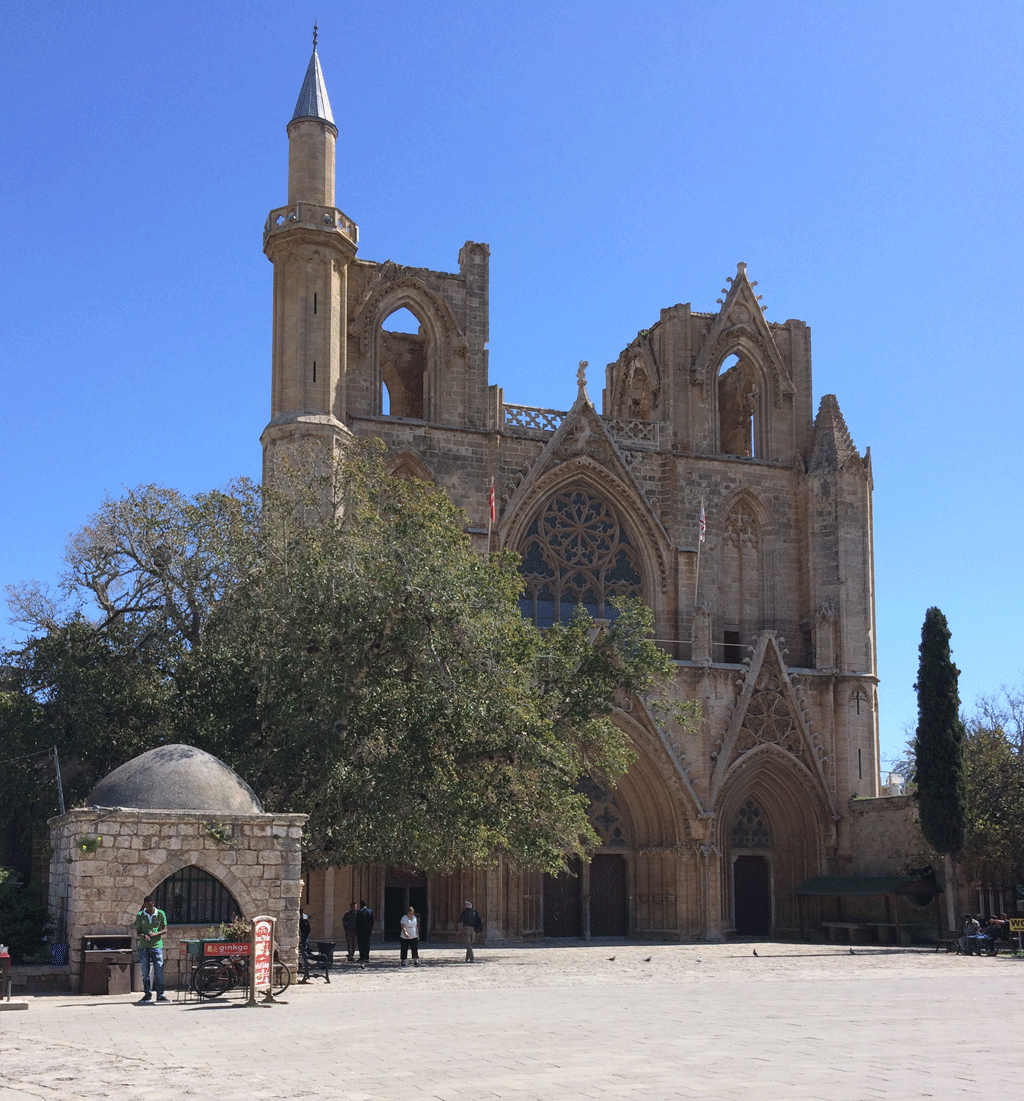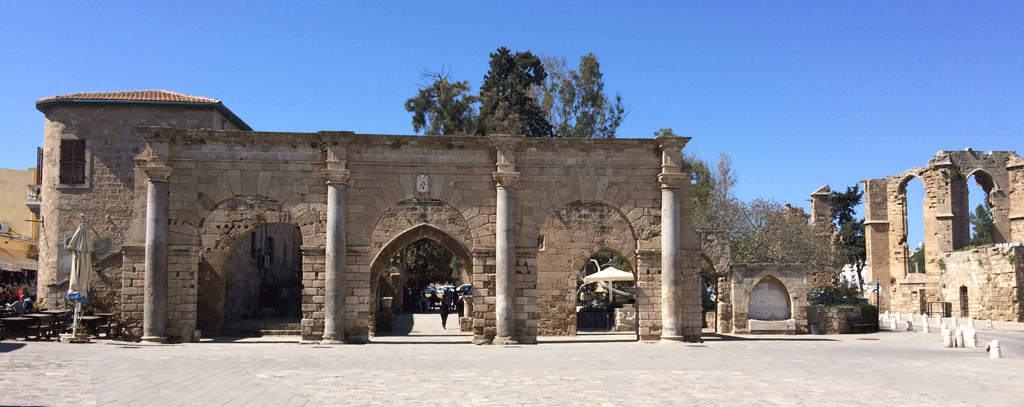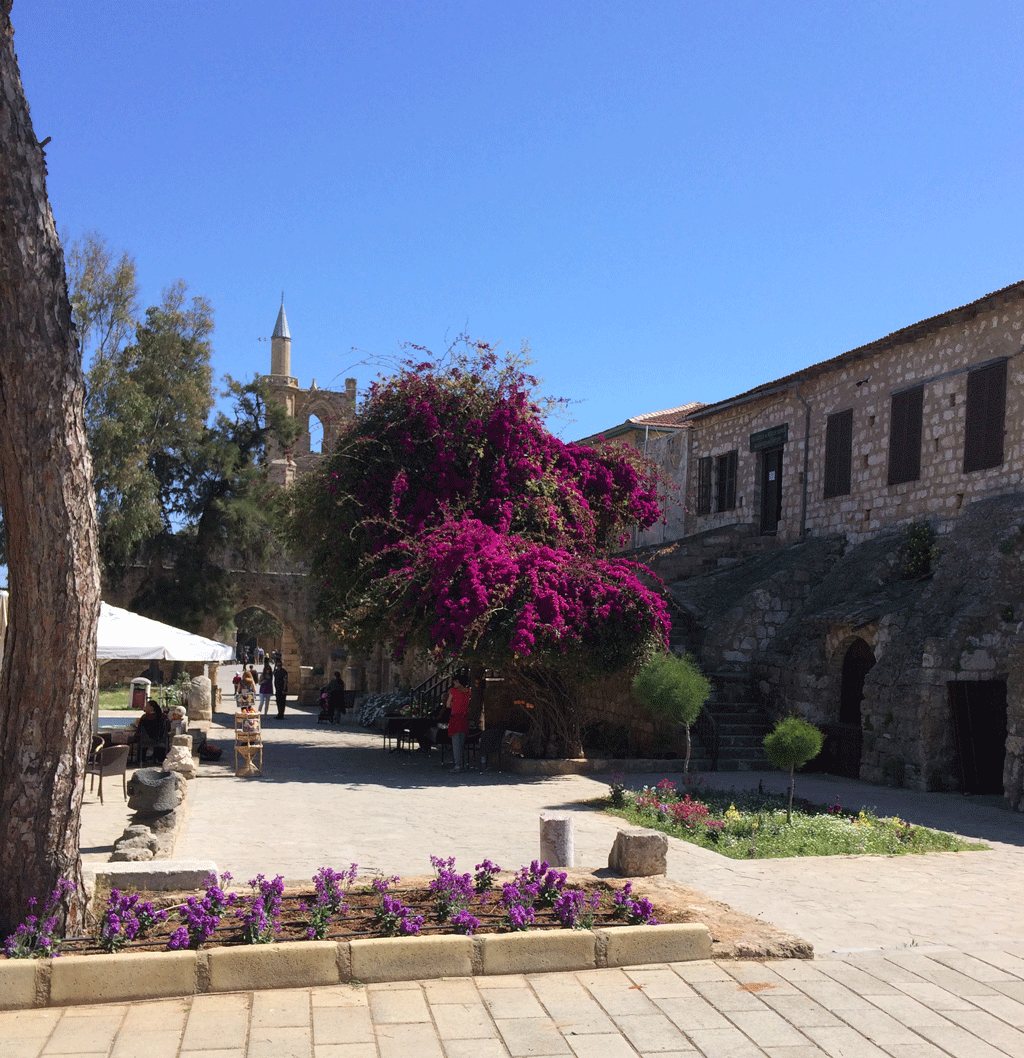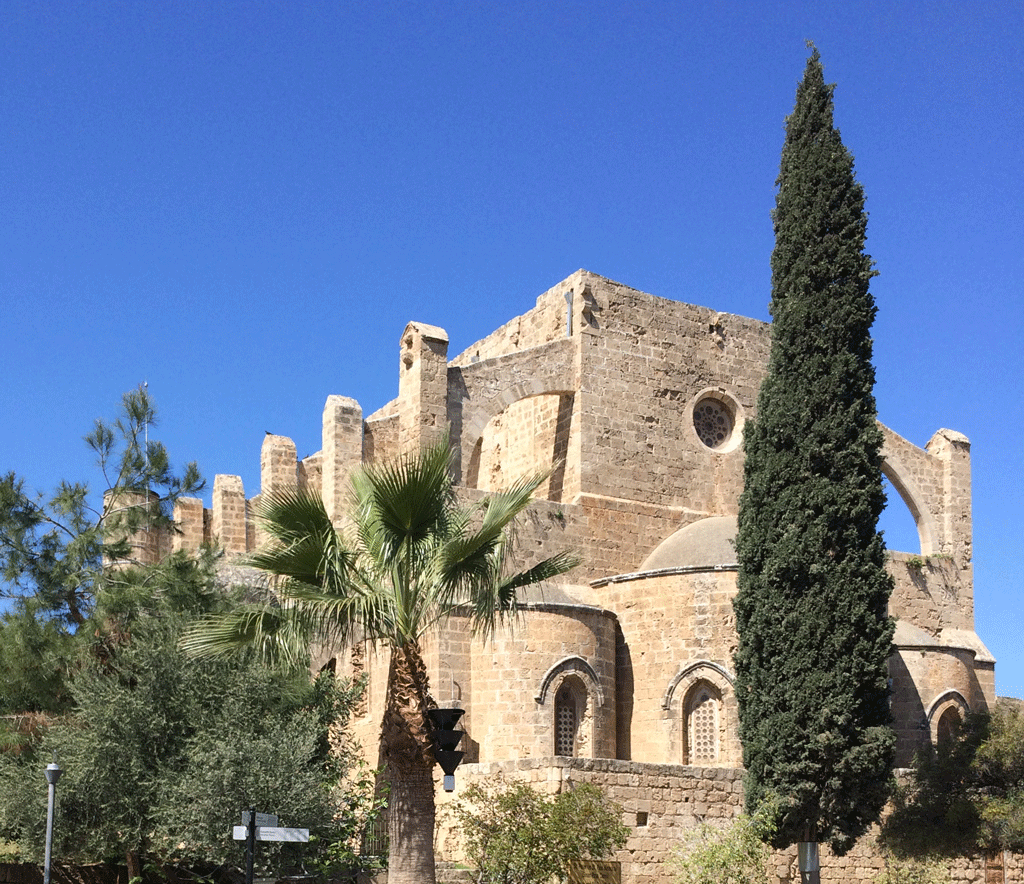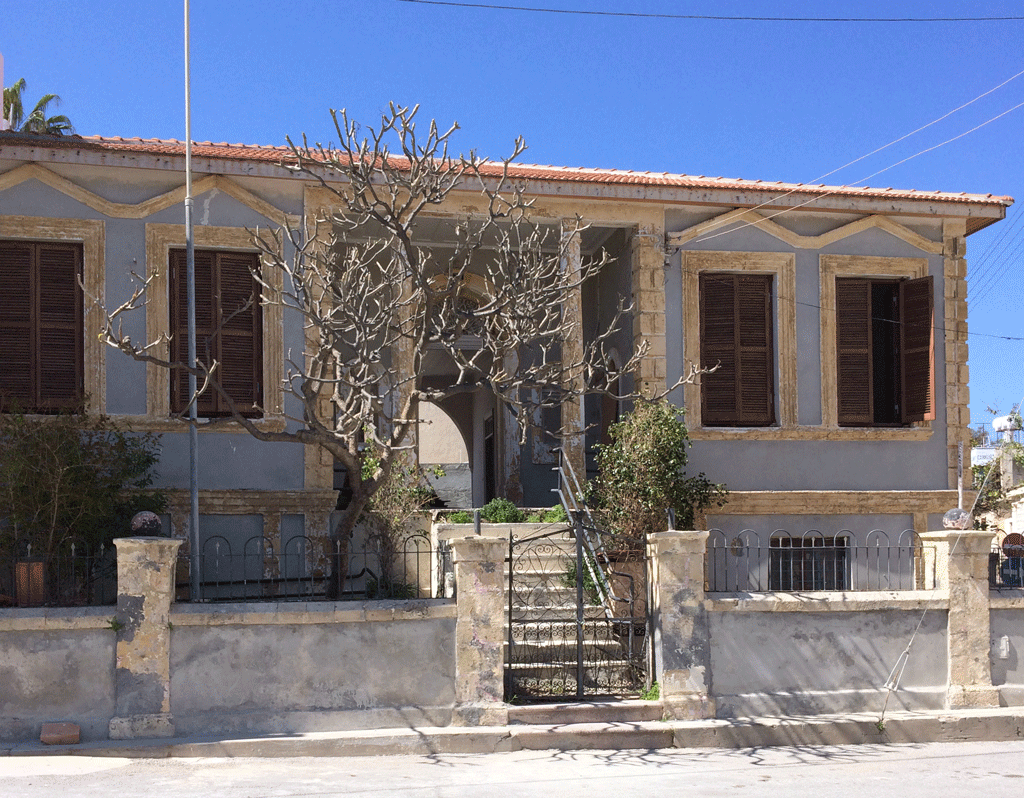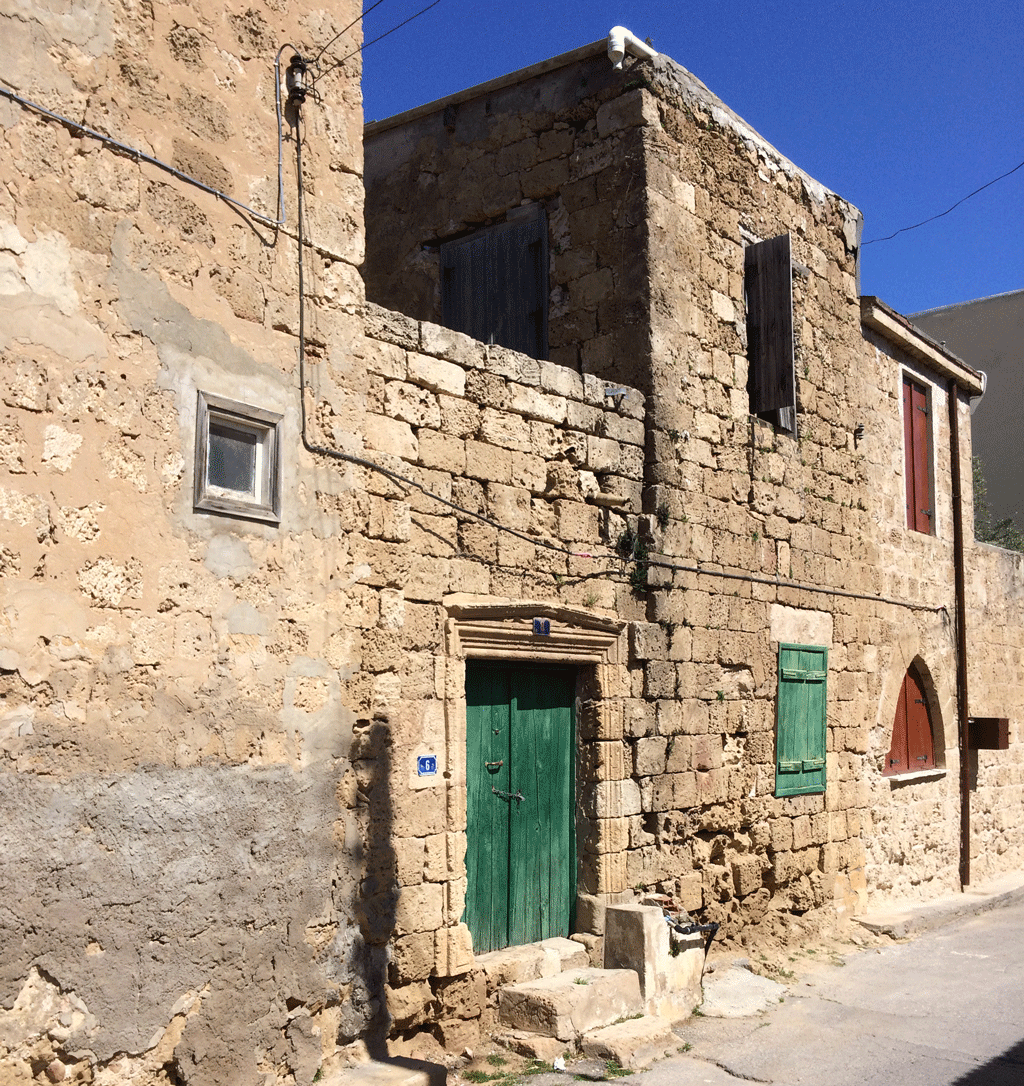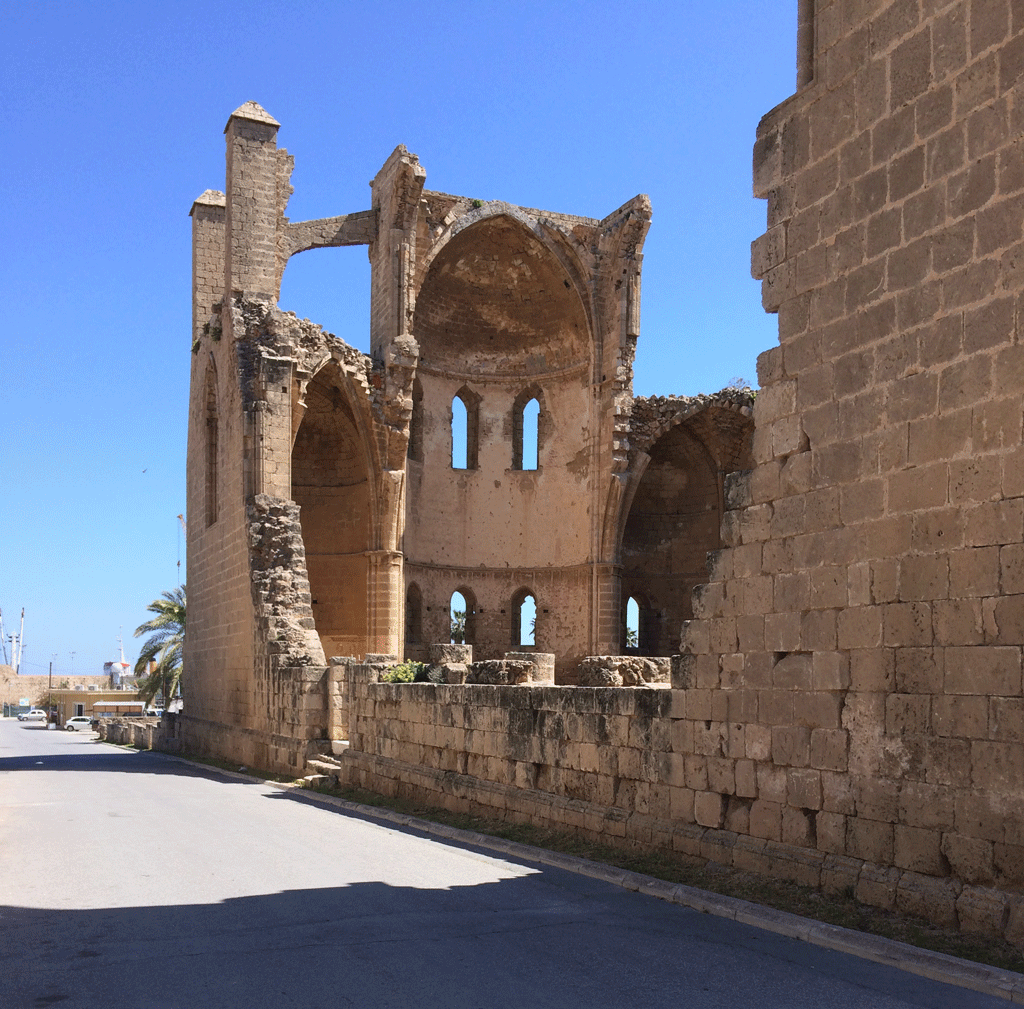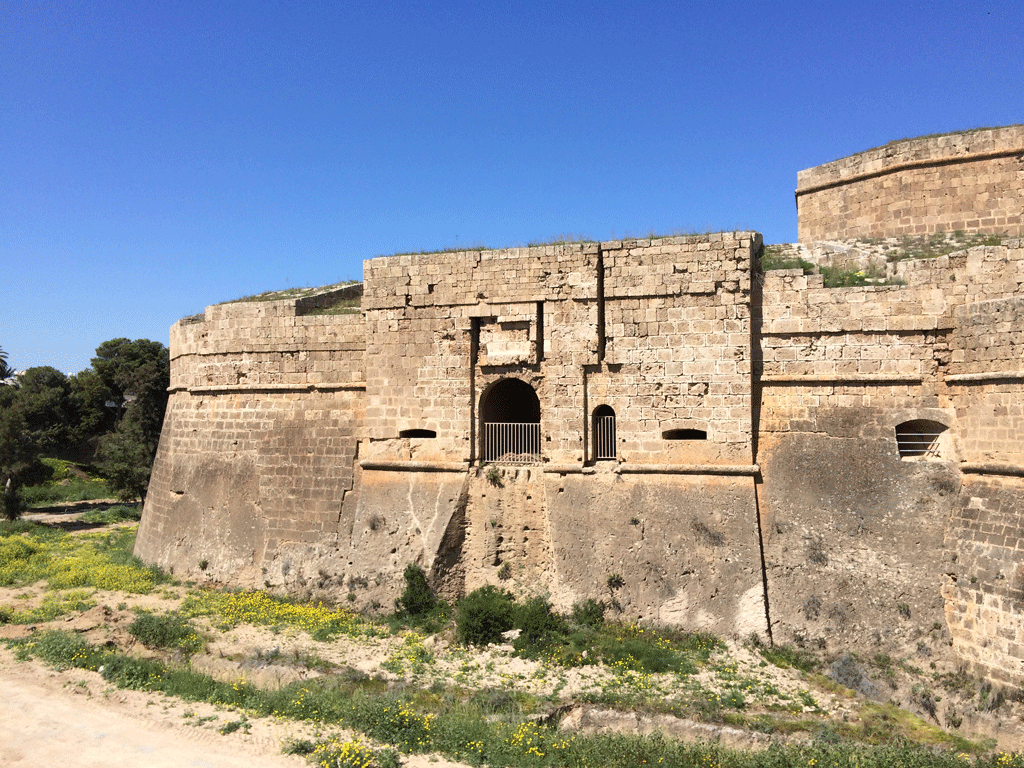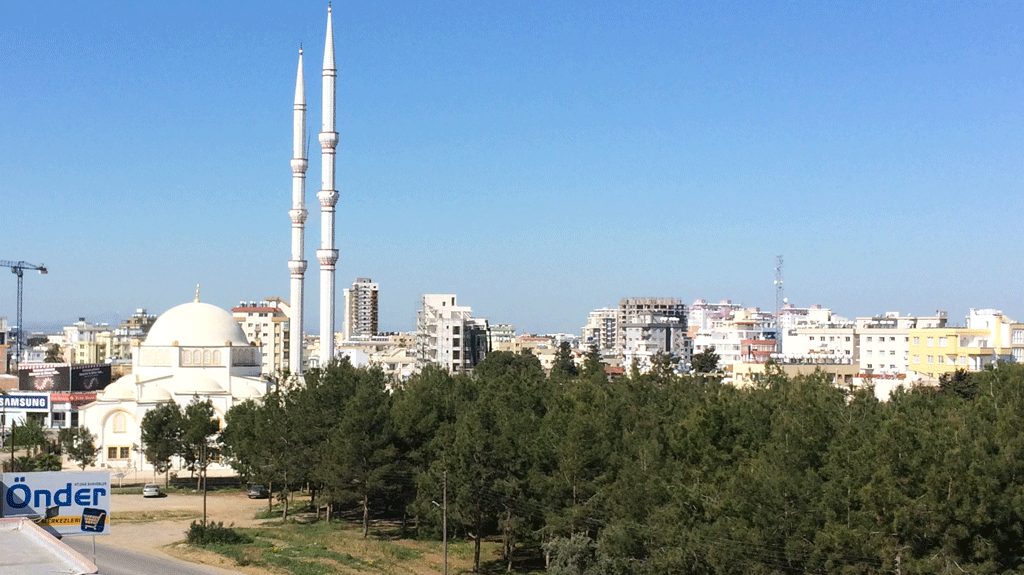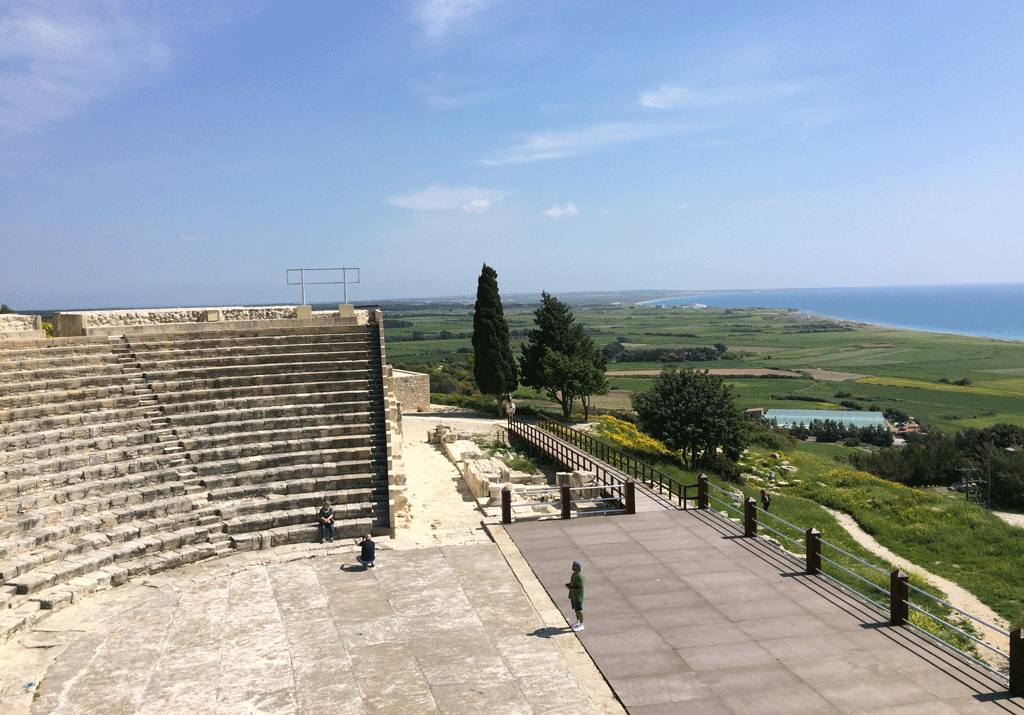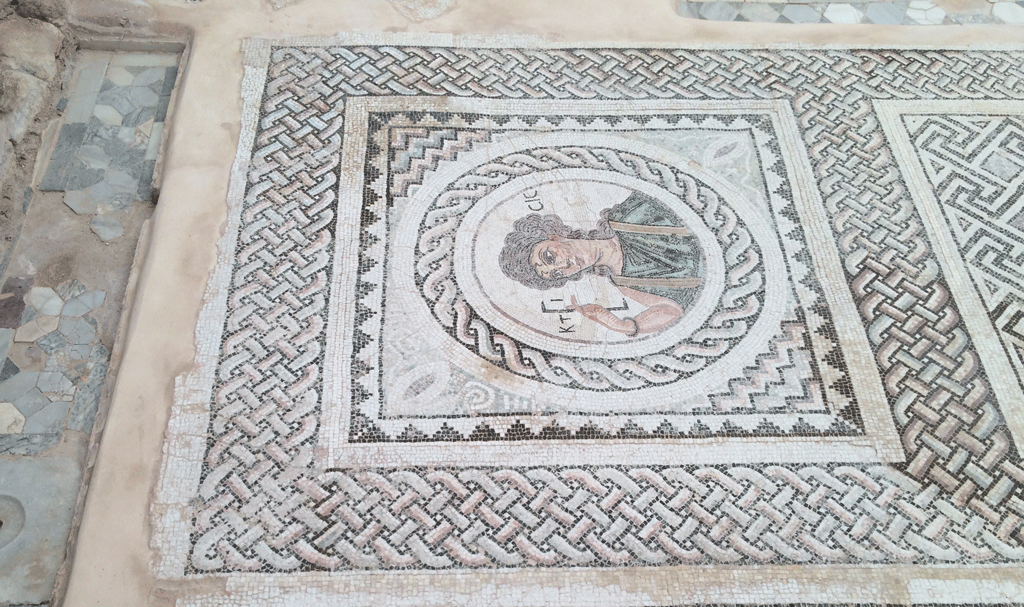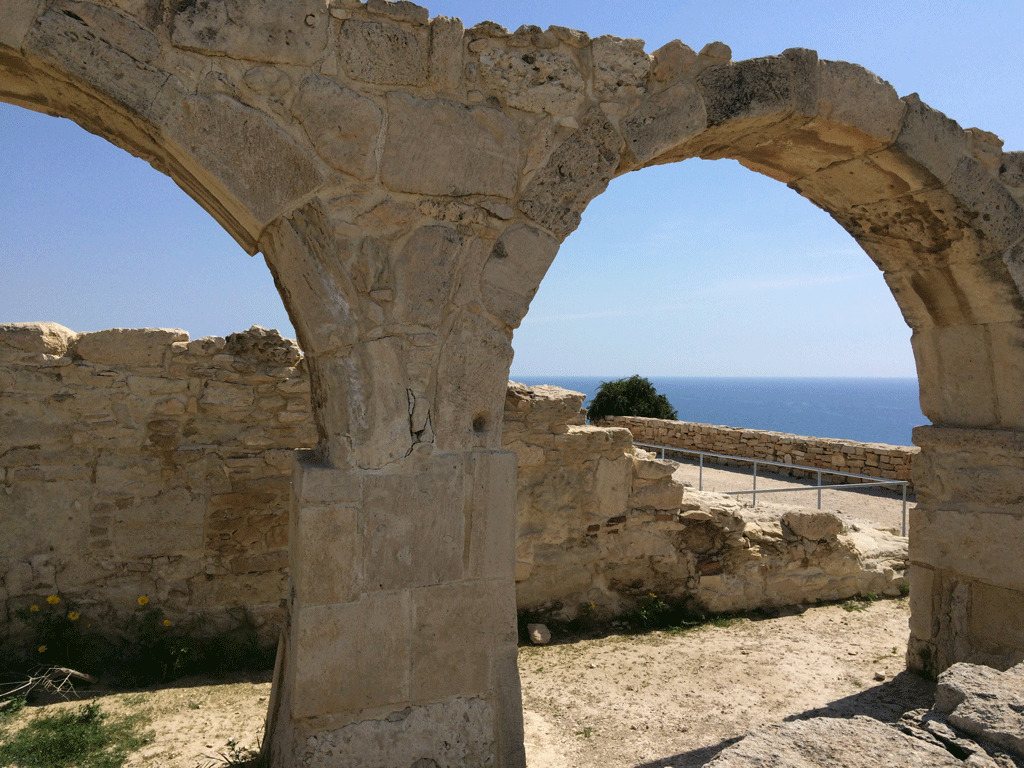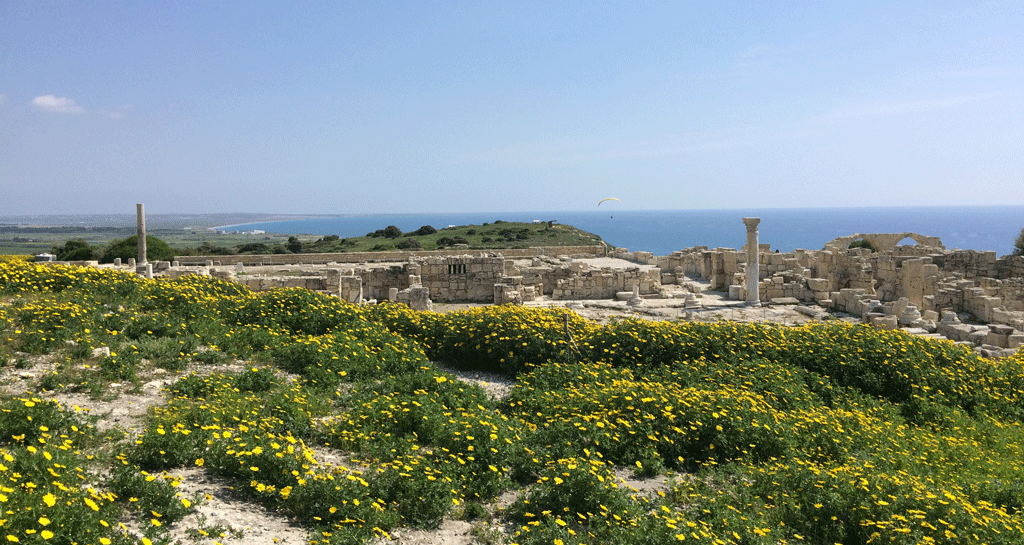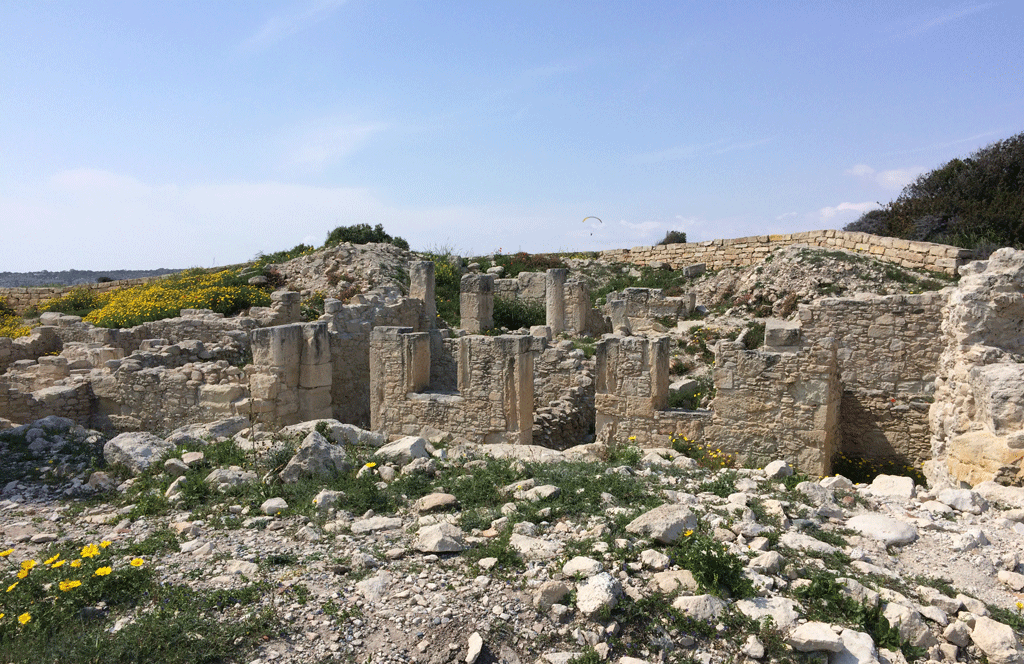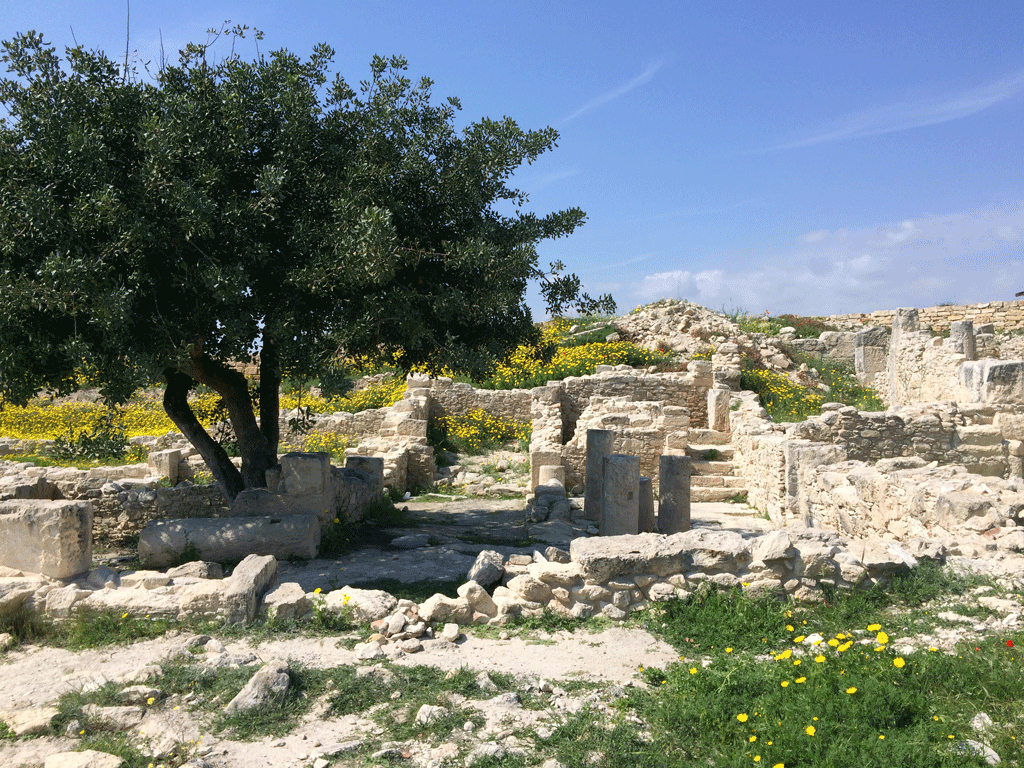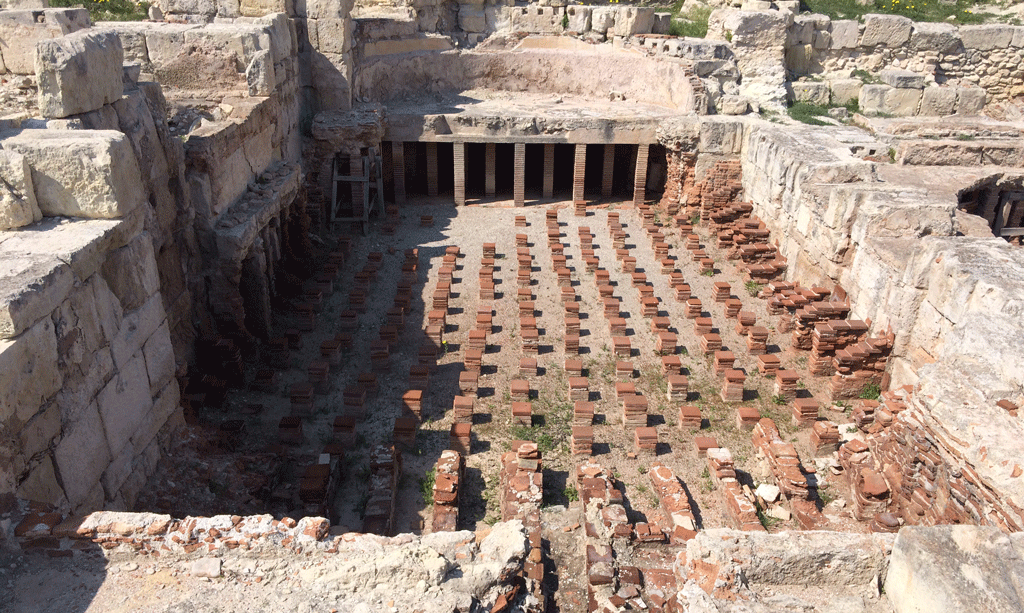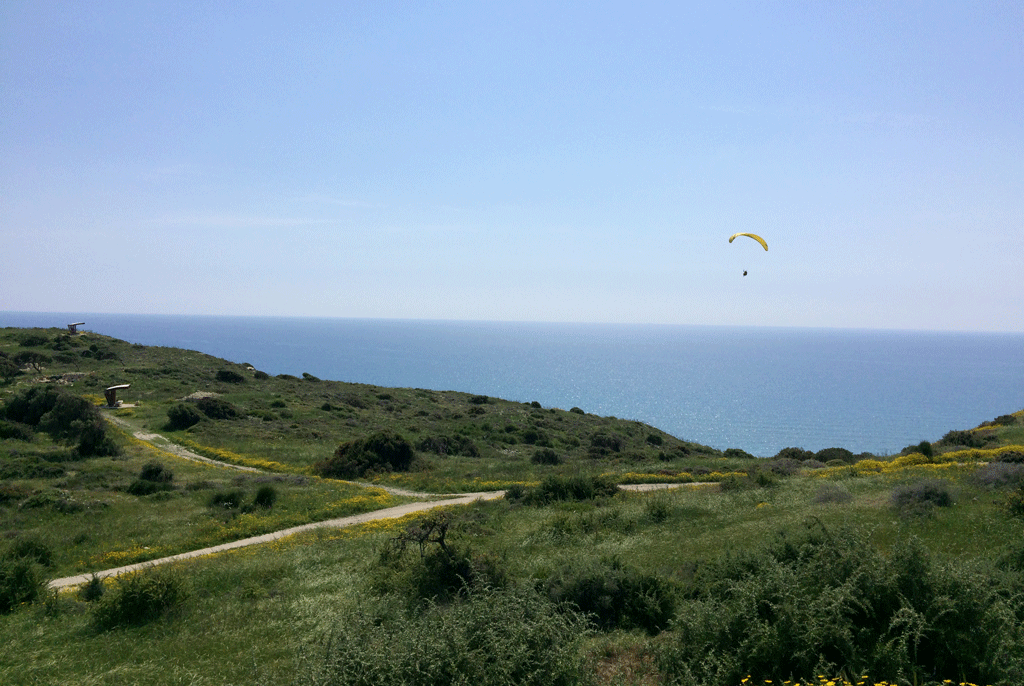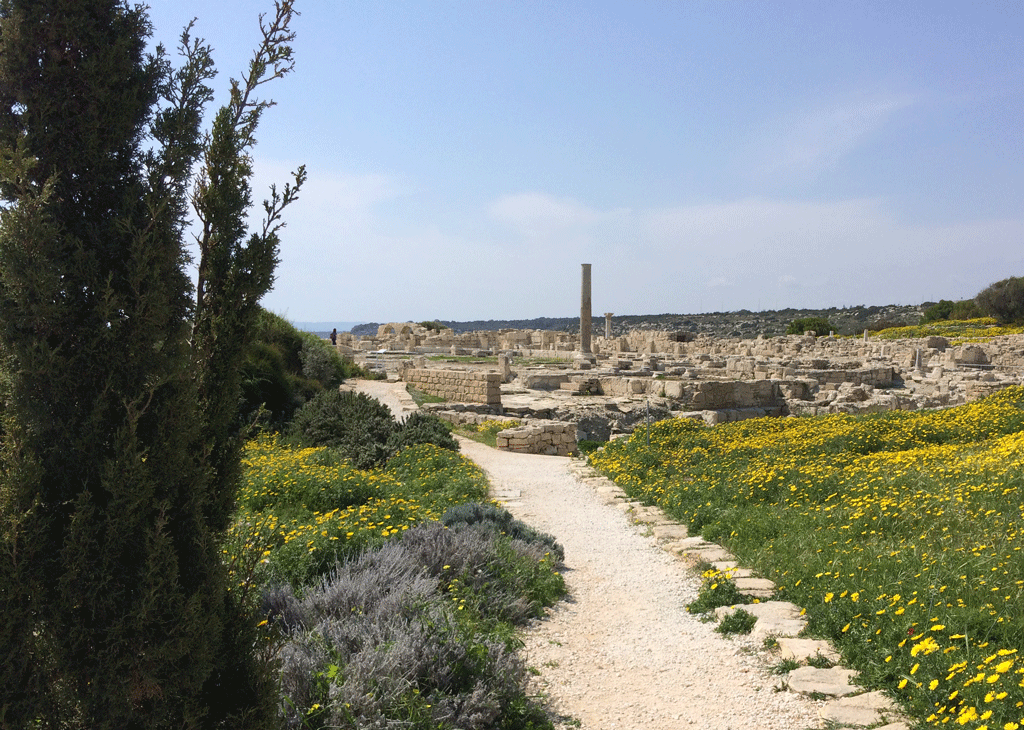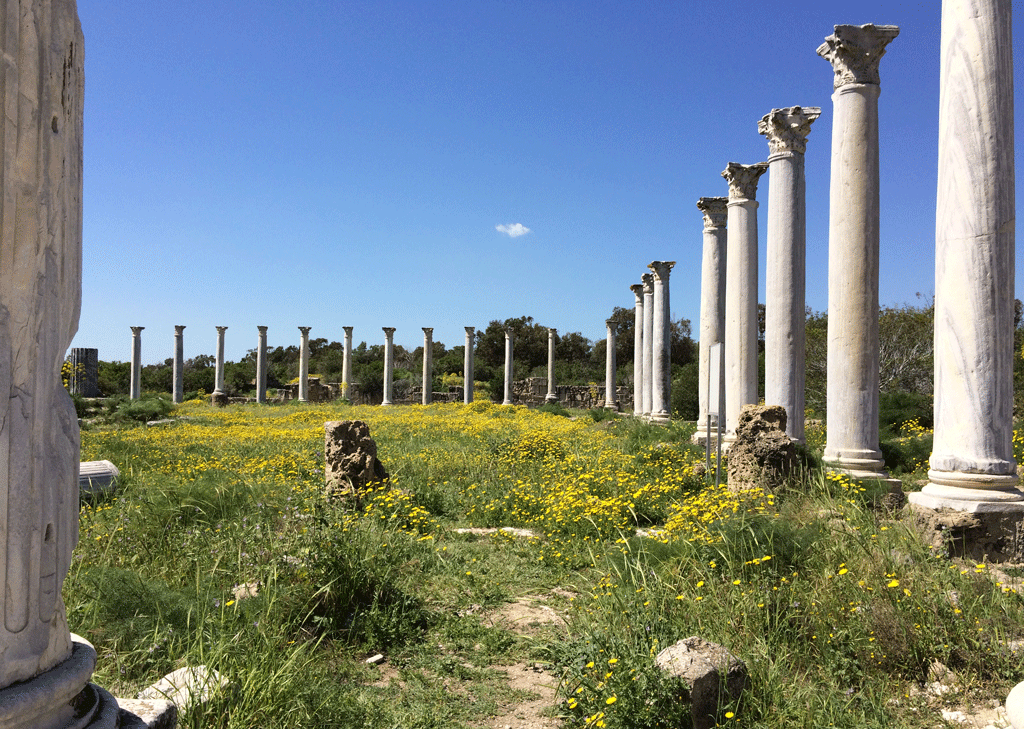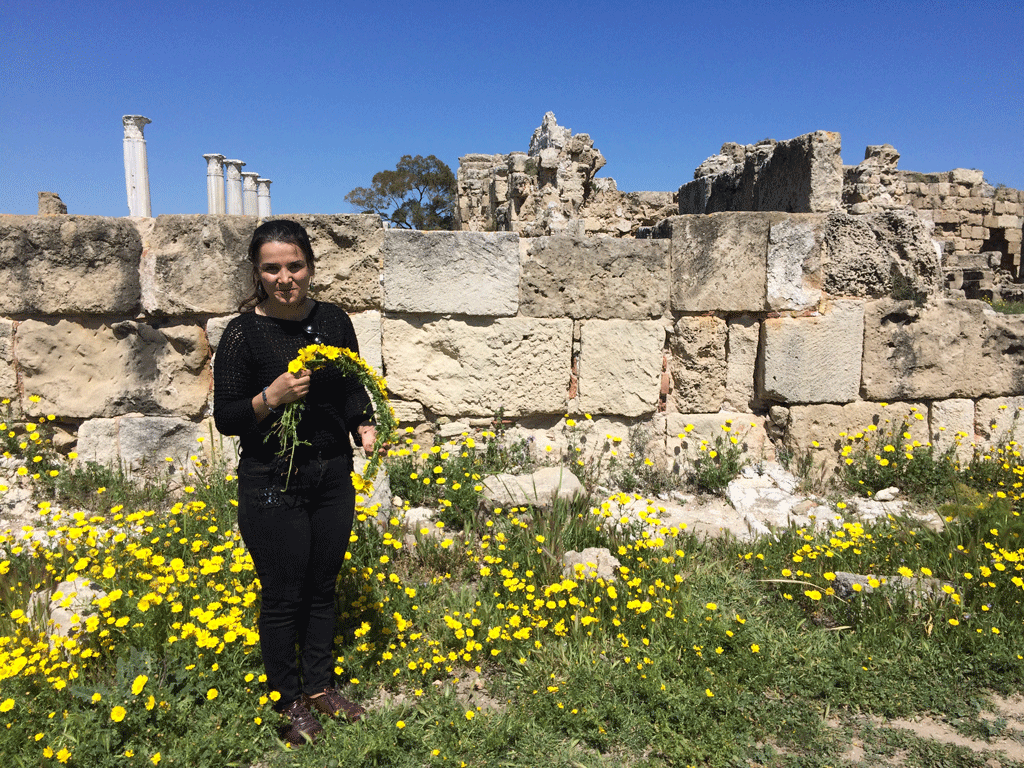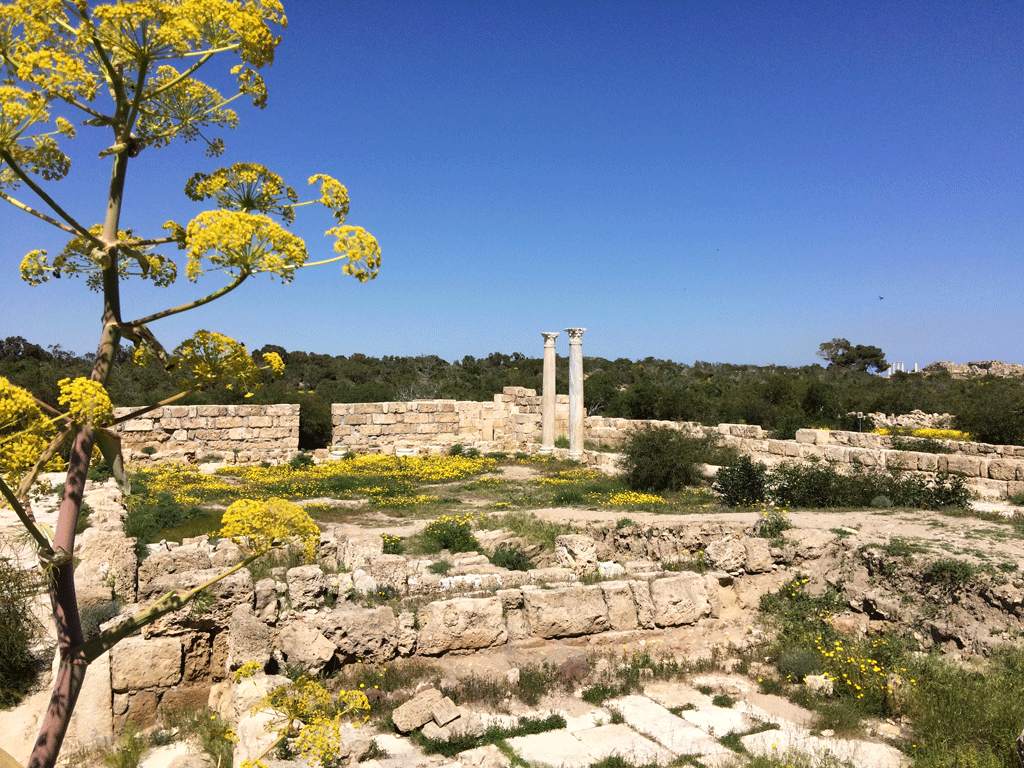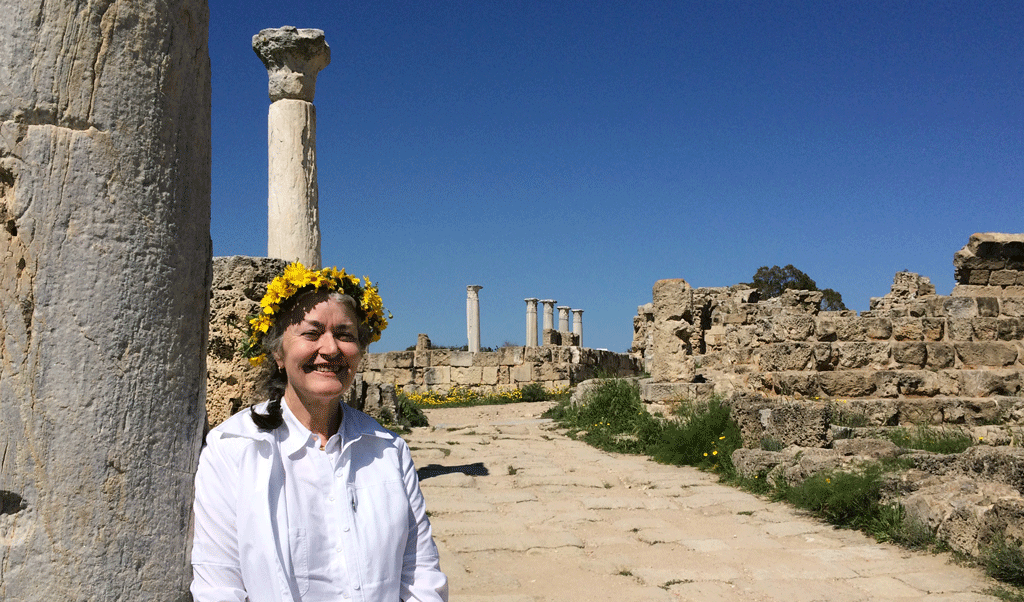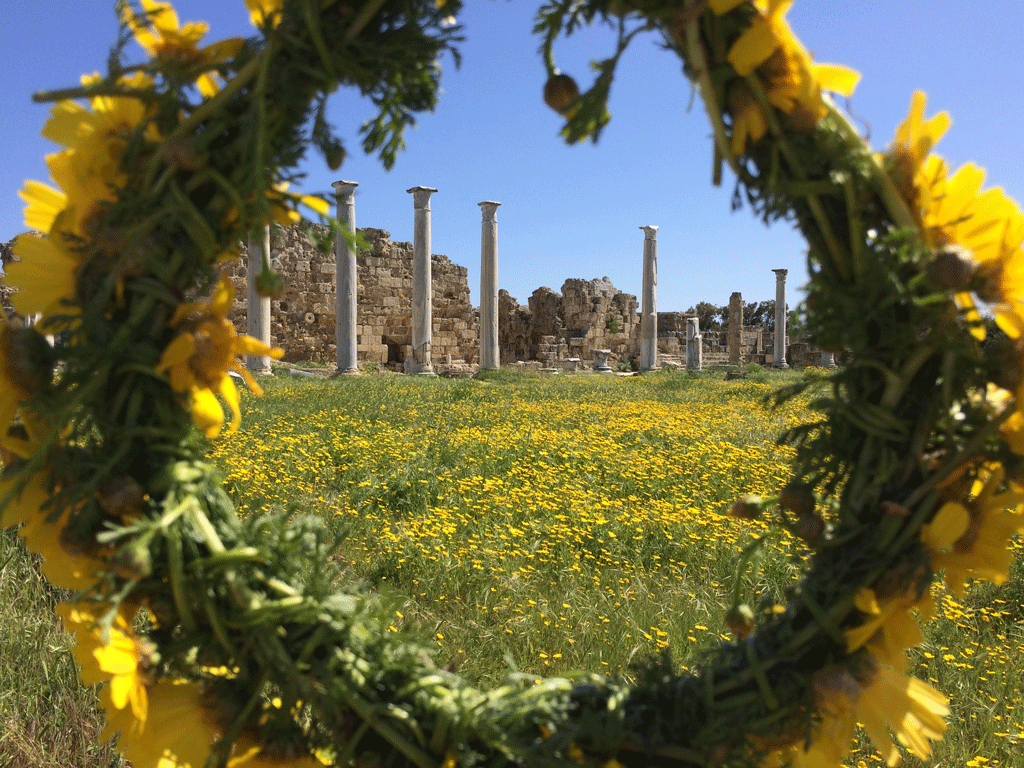This is my absolute last chance to write my New Year post and wish you all a wonderful 2019, as tomorrow is the first day of February. I have an exciting year ahead – I am going to retire on 30th June (although I shall keep up my certified translations for a few more years). Retirement will, I hope, give me more time to blog.
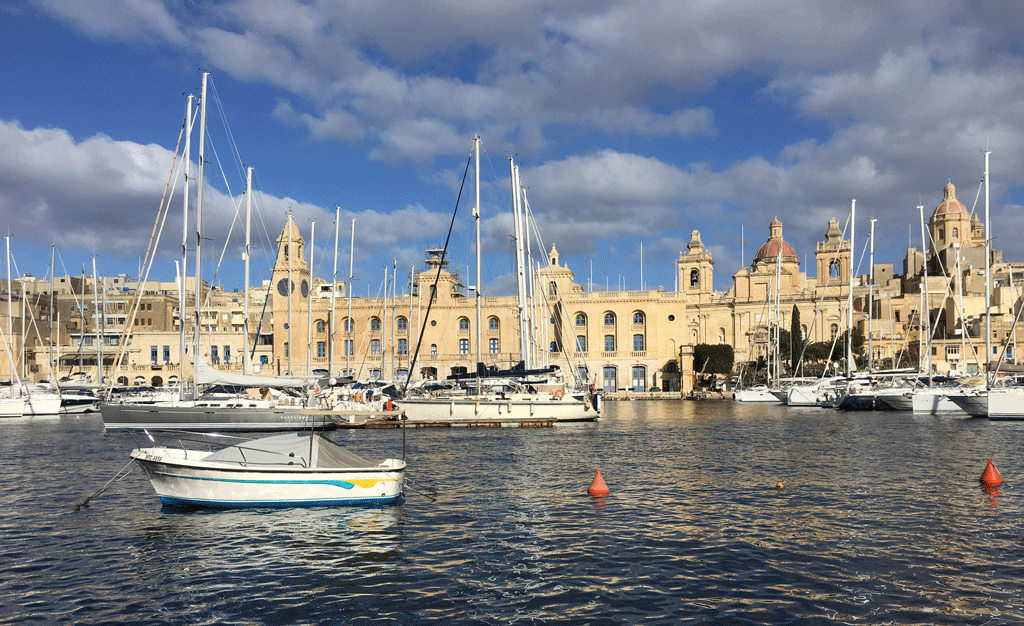
Travel continued to play a big role in our lives this year, with our first trip away in February, to the island of Malta, where we stayed in a flat called Marine View in Senglea with a most stunning view both day and night. There were many interesting places to visit and the weather was wonderful, but Cyprus, where we went last year, remains my favourite Mediterranean island.
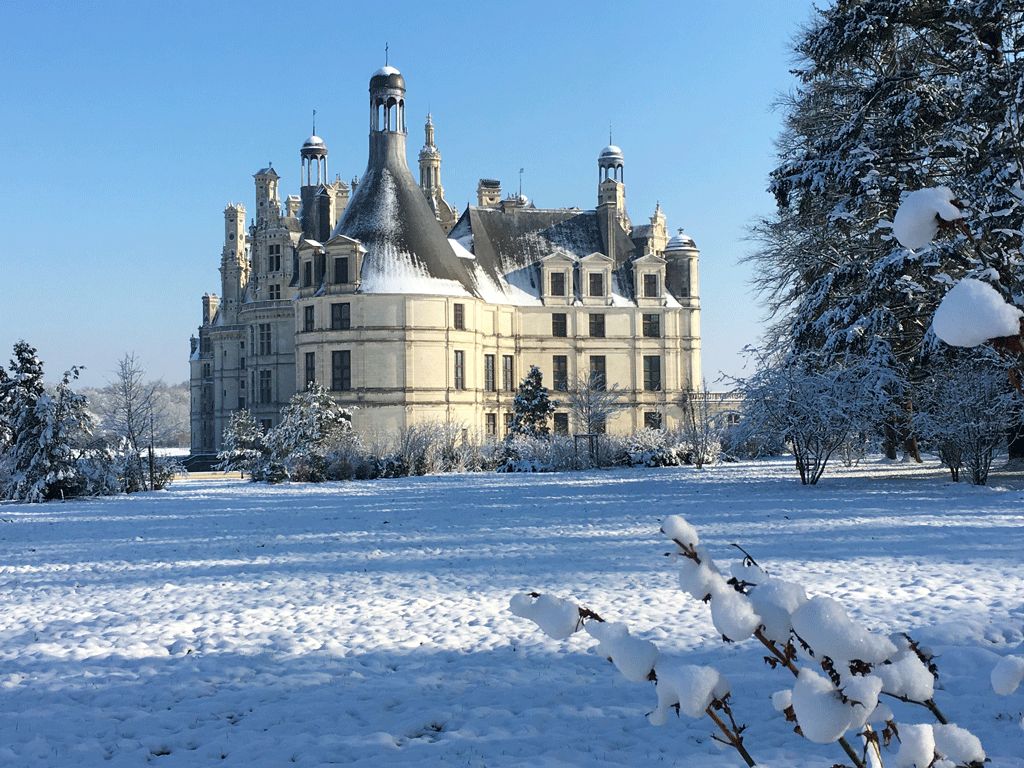
A snowfall on our return provided the occasion for my most stunning photo yet of Château de Chambord which remains high on the list of our cycling destinations in summer and a great place to walk in the winter.
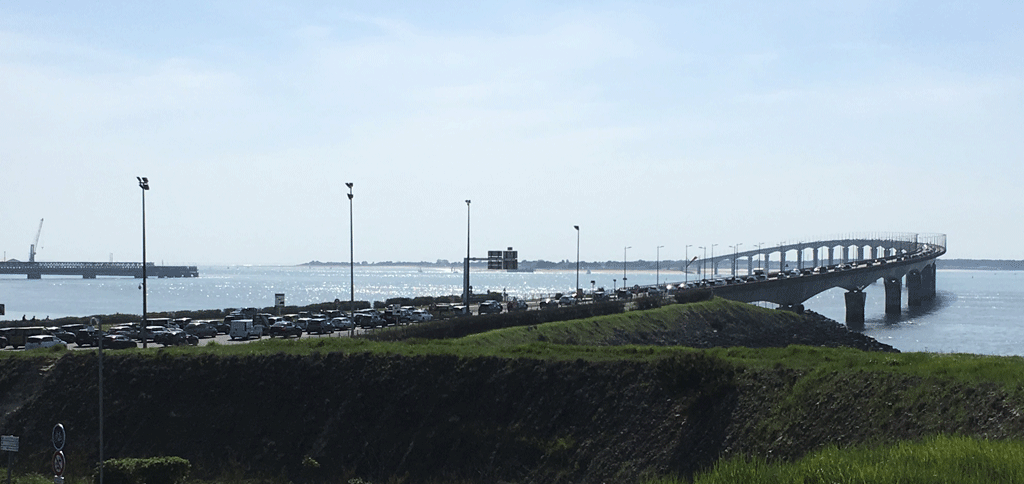
In April we went to La Rochelle for a long week-end and had a truly unforgettable experience at Christopher Coutanceau’s 2-star Michelin restaurant followed by lots of cycling on nearby Ile-de-Ré. It’s a very busy and lively town and it’s a great place to shop in comfort (especially for a non-shopper like myself). There’s lots of activity at night along the waterfront which made a bit of a change from the Loire in winter.
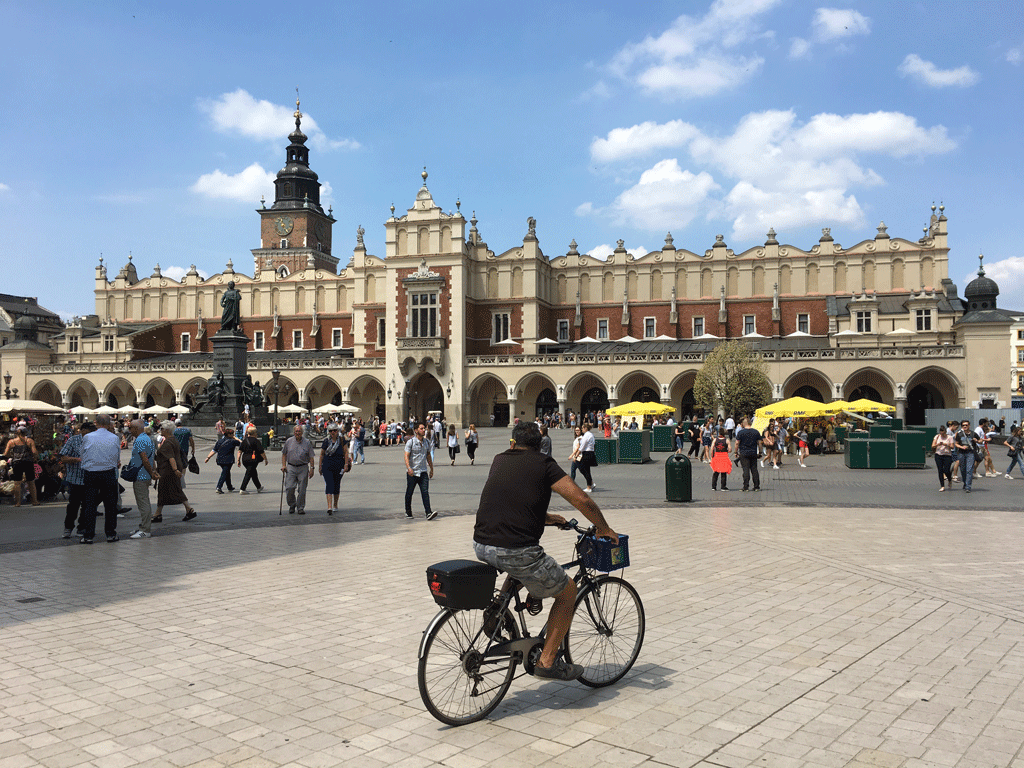
We spent the whole of June in Germany and Poland, on our power-assisted bikes clocking up 800 kilometers for 16 days’ cycling. As ever, Germany was a pure delight. It is just so geared to cyclists with all its bike paths and rest-stops and I adore the colourful half-timbered houses in all the little towns and villages!
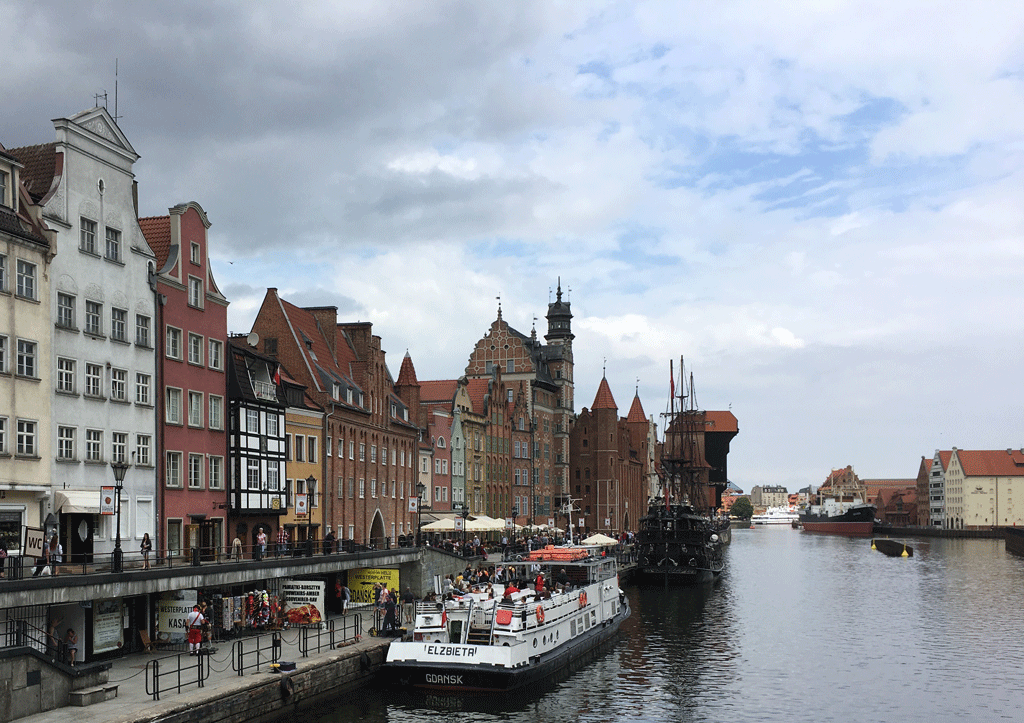
Poland, however, was another story. Although the major cities such as Poznan, Gdansk, Warsaw, Krakow and Wraclow have an amazing network of bike paths, as soon as you get out of the built-up area, you have to take either the main road or go on mountain-bike trails for 20-year-olds in top form. One unforgettable ride through a very sandy forest had me preferring the bitumen and traffic! There are practically no pretty villages which was a great disappointment. The only exception was Gdansk which we really loved. We had an apartment outside the town and were able to cycle happily up and down the coast through the seaside vilalges as well as into the city with its beautiful baroque façades.
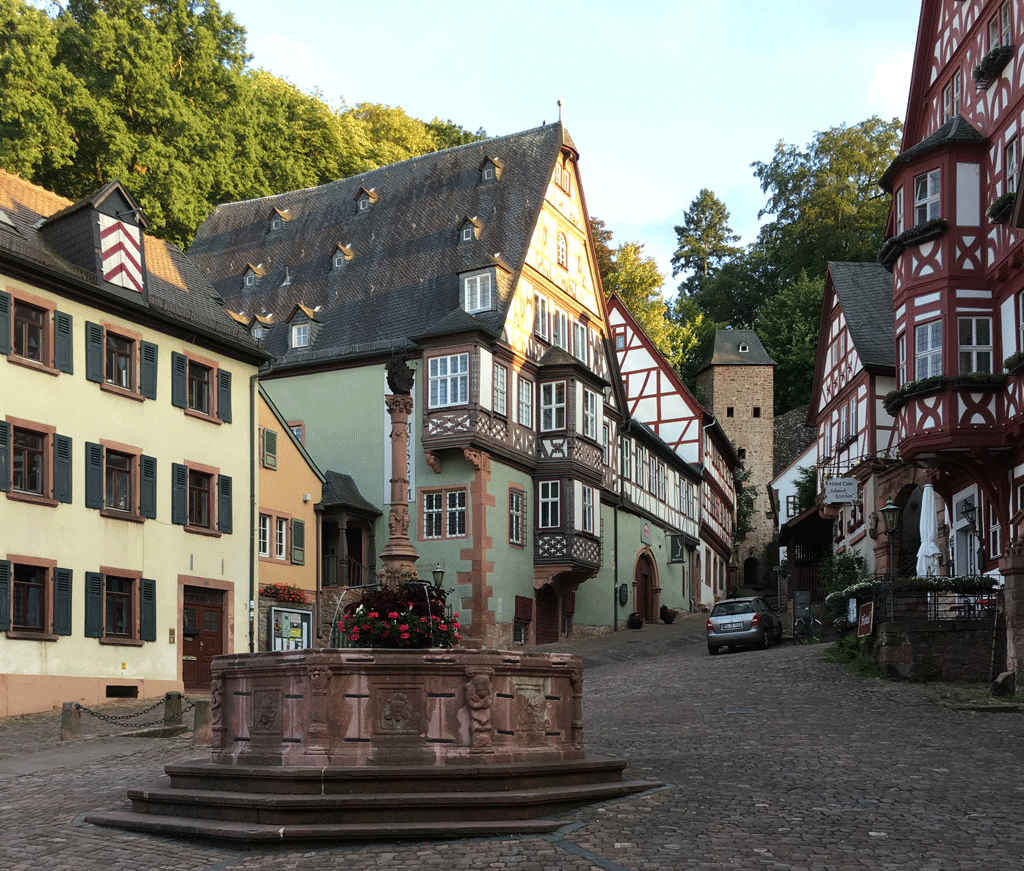
After two weeks in Poland, we were relieved to get back to Germany and follow the Main River! Poland, despite its drawbacks, is a country on the rise economically and that was obvious everywhere we went. It was difficult to have much contact with the locals though, as they were not very welcoming on the whole.
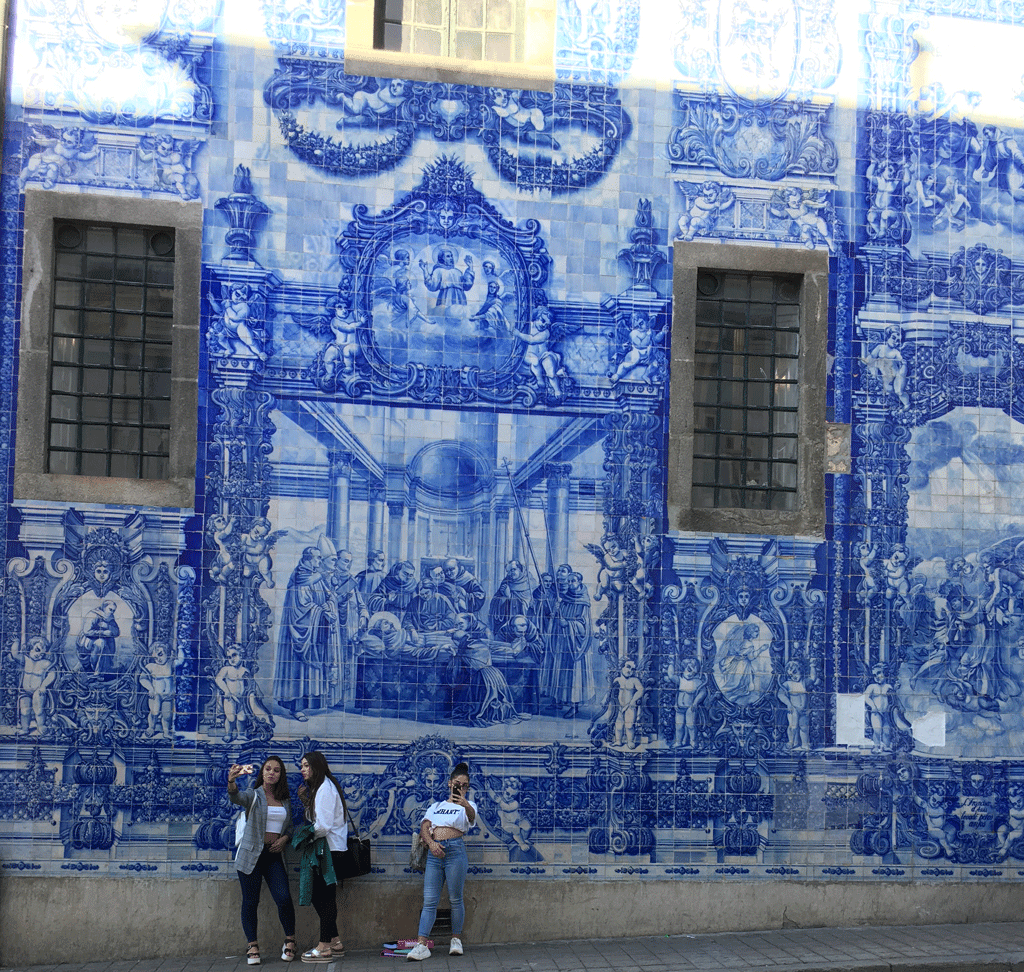
Our week’s holiday in autumn this year took us to Porto with Ryan Air (never again!) from the nearby city of Tours. We enjoyed the first three days in Porto, by which time we had exhausted its possibilities, including a rather hair-raising bike ride along the coast. For the next three days, we took day trains (about one-hour each way) to the very interesting historical towns of Guimaraes, Aveiro and Braga. Poland may be on the way up, but Portugal is definitely going in the opposite direction. It’s very sad to see.
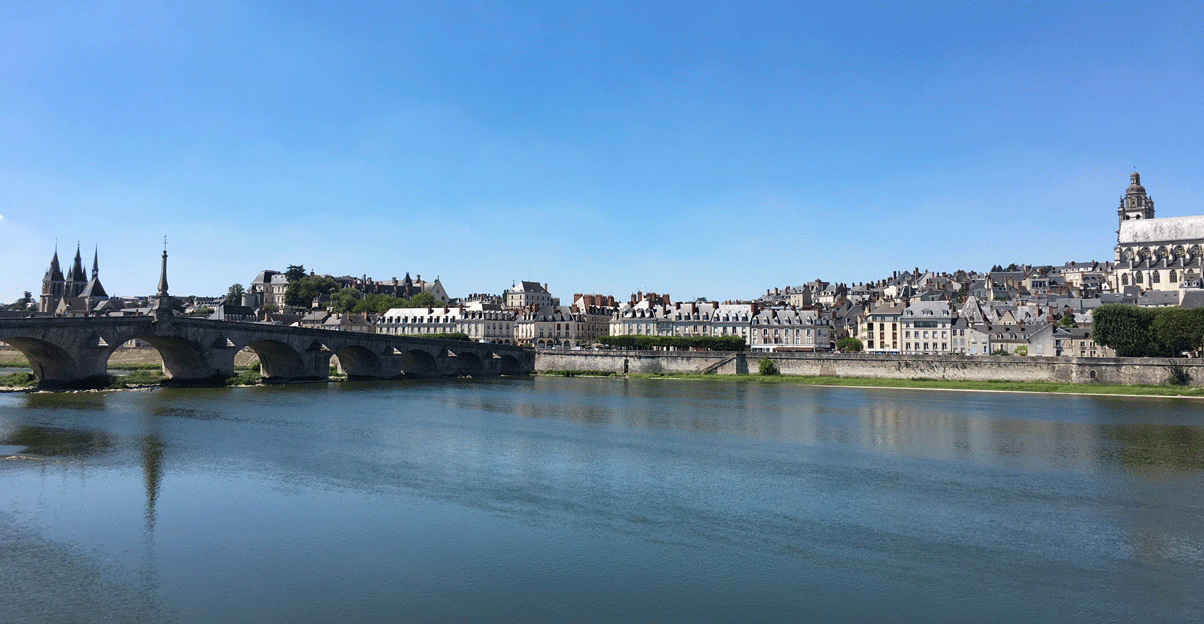
On the home front, we continued to cycle throughout July, August and September nearly every day, often in the evenings for a picnic on weekdays thanks to the long twilight and the amazing weather. We are now up to 5000 kms since we bought our power bikes in May 2017.
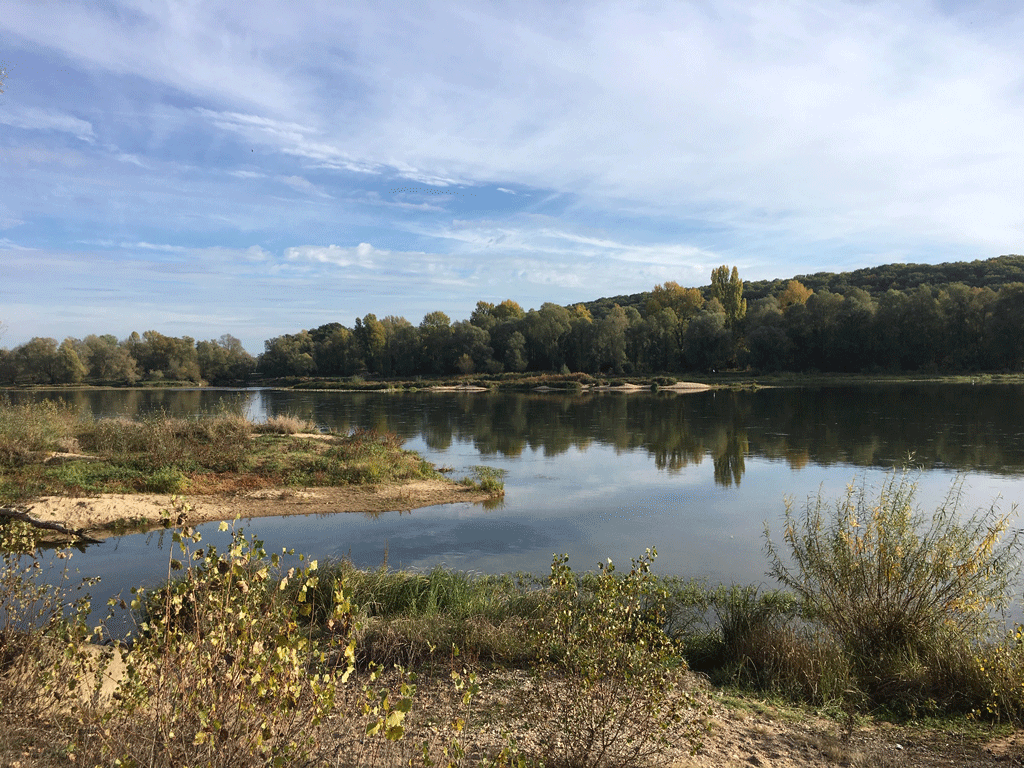
The winter, so far, has been cold and rainy. I’ve been forcing myself to go for an hour’s walk every two days but it’s not very attractive. We have a yearly pass to Château de Chenonceau though which makes a welcome change.
Jean Michel kept on with the renovations at the studio flat in Blois most of the year and it is now ready for holiday accommodation on www.chatelrose.com. I amused myself with some of the decorative features but my brilliant ideas always turned out to be more time-consuming than expected. As it is in a very old building, Jean Michel had to face up to a lot of challenges as well.
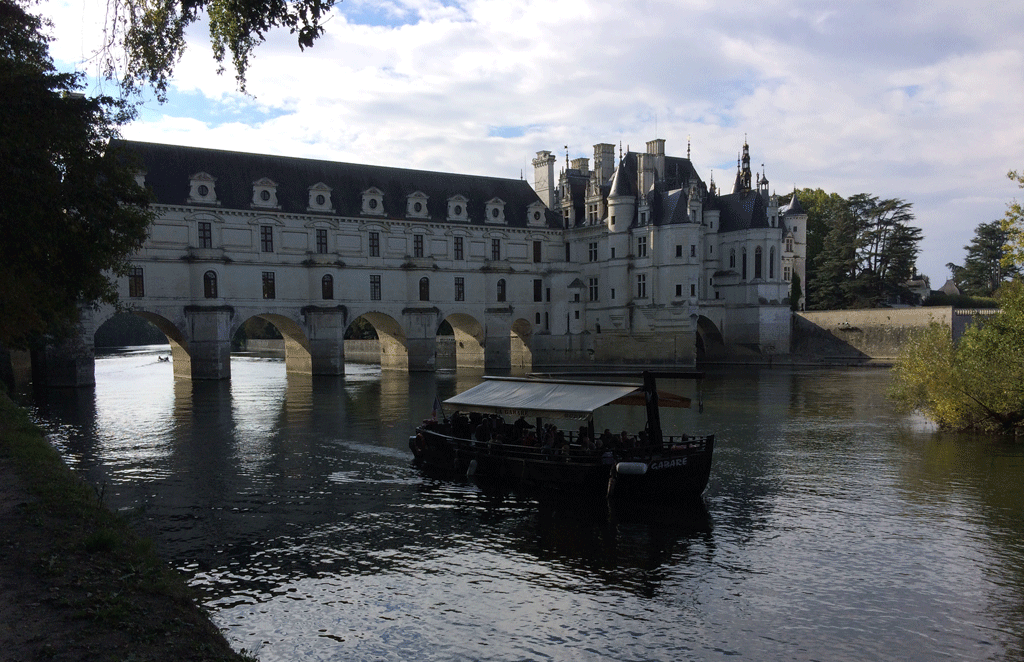
This coming year, especially once I have retired, we went to do more home exchanges as well. And in case anyone is wondering – we still follow the 5:2 diet twice a week and are in very good health! I miss my blog and hope that retirement really will bring me the time and energy I need to write more often! In the meantime, I would like to wish everyone a very happy and fulfilling 2019 and maybe see you over at www.loiredailyphoto.com!




